Some roads discovered far from home reward us with a once in a lifetime driving experience. Others are old friends revisited to elevate our spirits and celebrate the joy of life behind the wheel.
Roads We Remember #11
Like a tour in a time machine through a beautiful natural yesterday, traversing the Blue Ridge Mountains and its foothills presents a calming feast for all the senses. Years back Elaine and I favored including the Blue Ridge Mountains as part of our backroad adventures. Some years later, during Covid, Elaine had the opportunity to acquire a secluded deep forest retreat in Nelson County, VA just minutes from the Blue Ridge Parkway. It presented a once in a lifetime chance to stop and stay for a while rather than grabbing the fleeting glimpses captured during past drive-bys. Located on 16 wooded and isolated acres it promised a full immersion into the magnificent beauty of the Blue Ridge. Three years later we love the Blue Ridge and we are leaving. Why?
Loving but Leaving the Blue Ridge

Loading up and leaving
Rattling down, the rolling cargo door slammed shut triggering the clatter of the self latching lever. With a reassuring snap a keyed master lock secured the load. Packed to the gills the U-Haul box truck stood ready for the journey home.
Bird songs filled the air. The surrounding paulownia trees brimmed with pale violet springtime blossoms. Nestled amidst the beauty, the U-Haul truck packed with belongings presented a seeming anomaly in this bucolic wonderland destination. Counter intuitively to what one might expect, Elaine and I had opted out of this woodland adventure in paradise that resides in the shadow of the Blue Ridge Mountains.
At the Blue Ridge Parkway’s northern origin the picturesque 105-mile Virginia Skyline Drive concludes at Rockfish Gap. There it tees-up the Parkway’s 485 miles of glorious natural beauty, rich vast forested expanses and breathtaking views. Situated at the southern terminus of the Blue Ridge Parkway resides America’s most visited natural destination, The Great Smoky Mountains National Park. Rockfish Gap overlooks the rushing Buffalo Creek that traverses the soon-to-be sold 16 acre spread. It lies no more than 10 minutes from where the Blue Ridge Parkway and Virginia Skyline meet.

View from Rockfish Gap

A great place to be a horse
Gravel crackled under the heavily laden truck as it eased forward in a slow descent from the elevated perch where the recently sold home sat. In the meadow below, the midday sun illuminated a broad field of brilliant yellow buttercups. The ever present song of the Buffalo Creek’s fast rushing waters supplied its soothing background soundtrack.
Closing would be in a week. We chose to simply look ahead. No need to look behind.
Having spent most of my life in the New York metropolitan area, land of rapacious overdevelopment, I fear for Nelson County’s survival as a place of natural beauty and agrarian character. To its credit Nelson County features a largely agrarian society with cattle and horse farms and an appreciation for what they have. I also believe the county offers the potential to be the Napa Valley of the east. Presently the region features numerous vineyards and wineries in this the heart of Virginia’s nascent viticulture efforts.

12 Ridges Vineyard off the Blue Ridge Parkway
In Nelson County a handshake means something.
Largely a family oriented community, it features individuals skilled in both trades and survival. It has been said that at its simplest, peoples’ occupations can be divided into two groups. The difference being whether you shower before work or after. Nelson County definitely features an after work shower character. Whoa there! Is this some kind of an elitist cheap shot remark? Far from it. I believe if things ever, God-forbid, went sideways, the residents of Nelson County would fare far better than members of our “shower before work” urban latte, Uber eats crowd. Build a house, fix an engine, drill a well, farm a plot, can for winter, make cheese, raise livestock, hunt for food, butcher what you catch, it is all part and parcel of life in Nelson County.
Elaine and I enjoyed the good fortune of meeting many trades people in the process of upgrading the home. As well, our volunteer work at the Rockfish Community Center together with quality time spent at the local farmers’ market and the well attended monthly Rockfish Community Pancake Breakfast afforded insights into local life about which we would otherwise have been ignorant. While being a skilled plumber, electrician, tree surgeon, well driller, etc. locals would simultaneously be raising and butchering livestock, running a saw mill or farming a plot. One heavy equipment operator shared with us the sausage that he produced on the side from his own pigs. Delicious!

A great Farmers Market

Pancake Breakfast with Elaine serving
While local folk seemed friendly by nature, we found most socializing limited to family and friend-based home activities. For me that explained why few local venues existed for evening entertainment gatherings. One friend, Wild Man Dan, owned a B&B&B. Yes, Dan offered a unique Bed and Breakfast and Brewery experience. A skilled brew master, beer judge and host, Wild Man Dan said that for most businesses targeted to entertainment and socializing the locals did not represent a large part of the business. Dan said, “Local folks pretty much socialize within their circle of family and friends.” Considering the tight social circles and a population of 14,700 in a 472 square mile foot print, the county did not provide a significant home market from which socializing venues could draw. This brings us to our decision to leave.
At the outset of this story I used the phrase immersion into the beauty of the Blue Ridge. Another way of saying that might be drowning in a sea of trees. Located at the dead end of a half mile dirt road, the only traffic past the house consisted of the postman’s jeep, period. One can use words like, sanctuary, retreat, hideaway and, yes, I know it did wonders for Buddha. Buddha, however, did not have to spend all his time rebuilding the banyan tree.

Burn pile seen from space
We committed to making the house the best it could be. That said to do so proved to demand our constant undivided attention. Built into a granite hillside that had been blasted out to make room for the house, the property had more connecting decks than a cruise ship. It had a separate two-story carriage house with an upstairs apartment also set into the granite hillside. Together everything took on the character of the world’s largest tree house. In so doing, its intentional integration into the surrounding environment appeared to pose a blunt challenge to Mother nature to reclaim what once had been hers alone.
Nature proved to be a possessive lover determined to prevail at every turn. We fought back. We rebuilt. We replaced. We trenched. We sanded. We stained. We repainted. We rewired. We built and burned mountainous brush piles that could be seen from space. We never stopped. Elaine is a talented interior designer with a great eye for what works. I am an engineer that needs things to work properly. With this 16-acre piece of paradise in Mother Natures backyard, we had found ourselves in a sadomasochistic home owning relationship with Mother Nature and Mother nature held the whip. Tree debris fell everywhere. I carried a chainsaw like a six gun. It seemed we only left the house for trips to the hardware store. Then an innocent comment by one of our friends drive this point home like a mule kick.

Local tradesmen Dave McGann and son Willard became good friends
In casual conversation, our friend Willard, while enumerating some of the many local natural wonders that should be seen, quizzed us as to which we had visited during our time there. The bright light of realization authored our pained response, “Few if any.” We had been buried alive in a forested work camp. Basically we had been starring in “Cool Hand Luke” surrounded by a seductive beautiful forest rather than a cruel prison camp. Clearly we had bitten off more than we could comfortably chew and found ourselves choking on it. At a time in life when we should have been stopping to smell the roses, we had unwittingly taken on maintaining a sprawling rose nursery. Thanks to our friend, his observation cured a failure to communicate. We got the message.
Frankly, personal isolation loomed as a problem as well. Elaine and I brought no family with us. Back home our dear friends were our family. However, the family-centered nature of life in Nelson County severely disrupted out social dynamics comfort level. In modern life having no neighbors is a blessing except when it is not. When new to an area, building true friendships takes time and proximity. We had no neighbors in sight of our home. Such seclusion presents no challenge when nearby places to socialize exist. However in our neighborhood, good luck going out to dinner after 6:30 pm. You would find the food truck closed.

Dining at the Wood Ridge Farm Brewery food truck
Two of the three main restaurants in the local very quiet county seat just closed. A formal night out (Translation: maybe a collared shirt) meant a trip over the mountain at Rockfish Gap to Waynesboro. I do not mean to imply that no places are open. Wineries are aplenty. Unfortunately, local laws mandate that they must close by 5:00 pm. However, even when open, few offer food other than snacks. A plenitude of cideries and breweries exist. However, if your tastes do not run to hard cider or beer you feel like a martini glass in a longneck world.
In an experience worthy of a Seinfeld episode, a recent New Year’s Eve delivered the knockout punch to any dreams we had of local opportunities to expand our social circle. In Early December, notices appeared announcing a local New Year’s Eve bash at a venue in the county seat. Excellent! Even better, it would be a roaring ‘20s themed costume affair. Game on! All in, we drove to a renowned vintage clothing store in Richmond. Elaine scored with a glorious perpetual motion flapper dress and accessories. I got what I needed. I just wanted to be period correct because no one would be looking at me anyway.

Elaine, ready for a Roarin’ 20s New Year’s Eve
New Year’s Eve arrived. We decided that entering at 10:00 pm would allow for a crowd to have gathered affording us the opportunity to blend into the ongoing festivities. We had correctly assumed that the crowd would have assembled by then and they had. All twelve of them. None in period costume. All smiling and friendly people but barely enough to field a softball team much less reach critical mass to ignite a rocking New Year’s Eve bash. Then with a wincing realization we suddenly felt like we had just joined the exclusive gathering of the only other people in Nelson County who lacked a family event to attend.
With no close neighbors and only a few friendships having been established, the absence of a community of friends offering meaningful social contact proved troubling. Strong family ties grew deep and strong in the area and shaped the nature of social interaction. Possessing no local history or family left our fledgling societal roots stunted.
We found so much to like in the verdant hillsides and good people of the family friendly Blue Ridge foothills. We simply had not planned for too much of the former and too little of the latter. The combined effect of choking on forest and starving for social contact put us in a U-Haul kicking up dust and heading out that dead end dirt road. For good? Can’t say. At least for now.
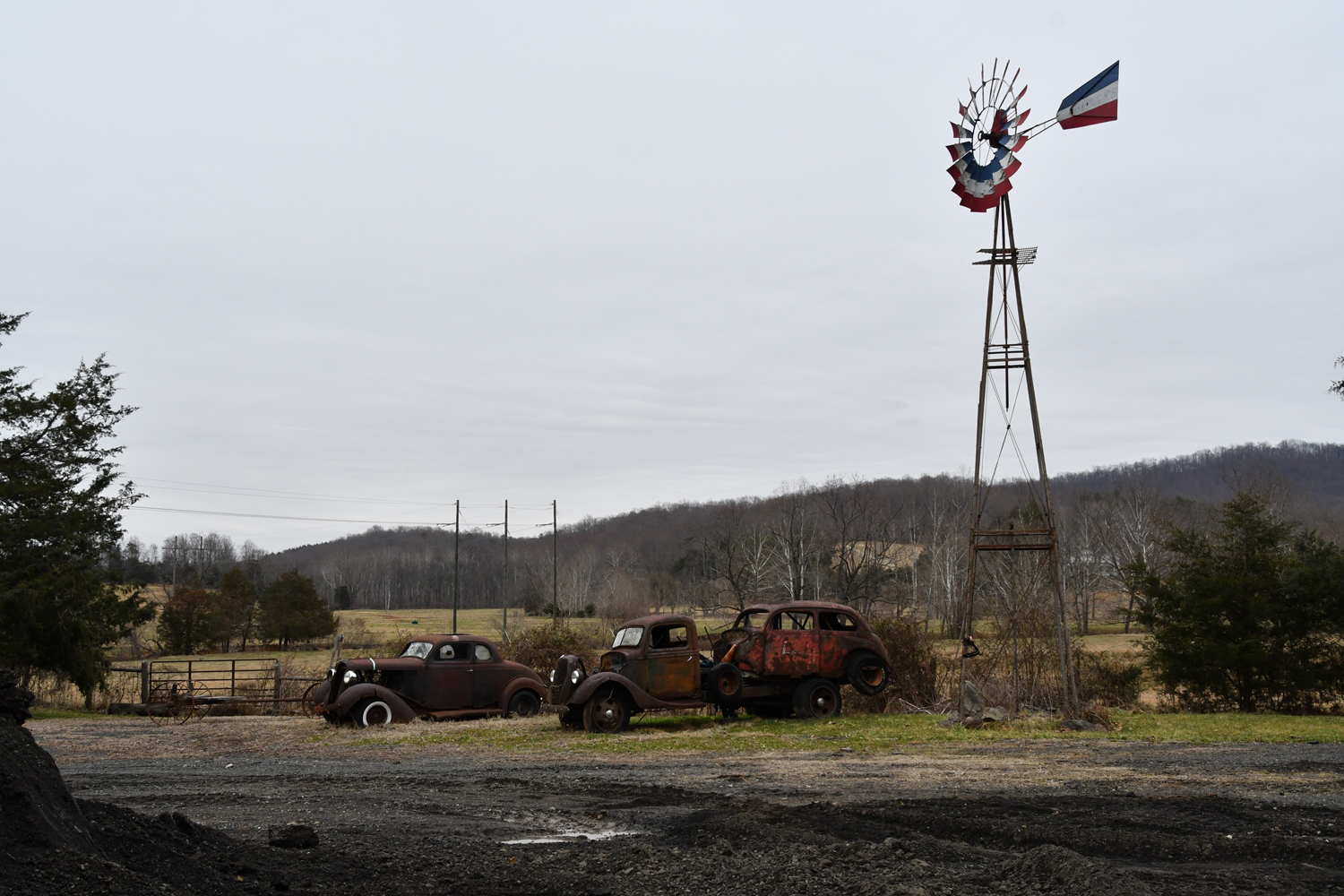
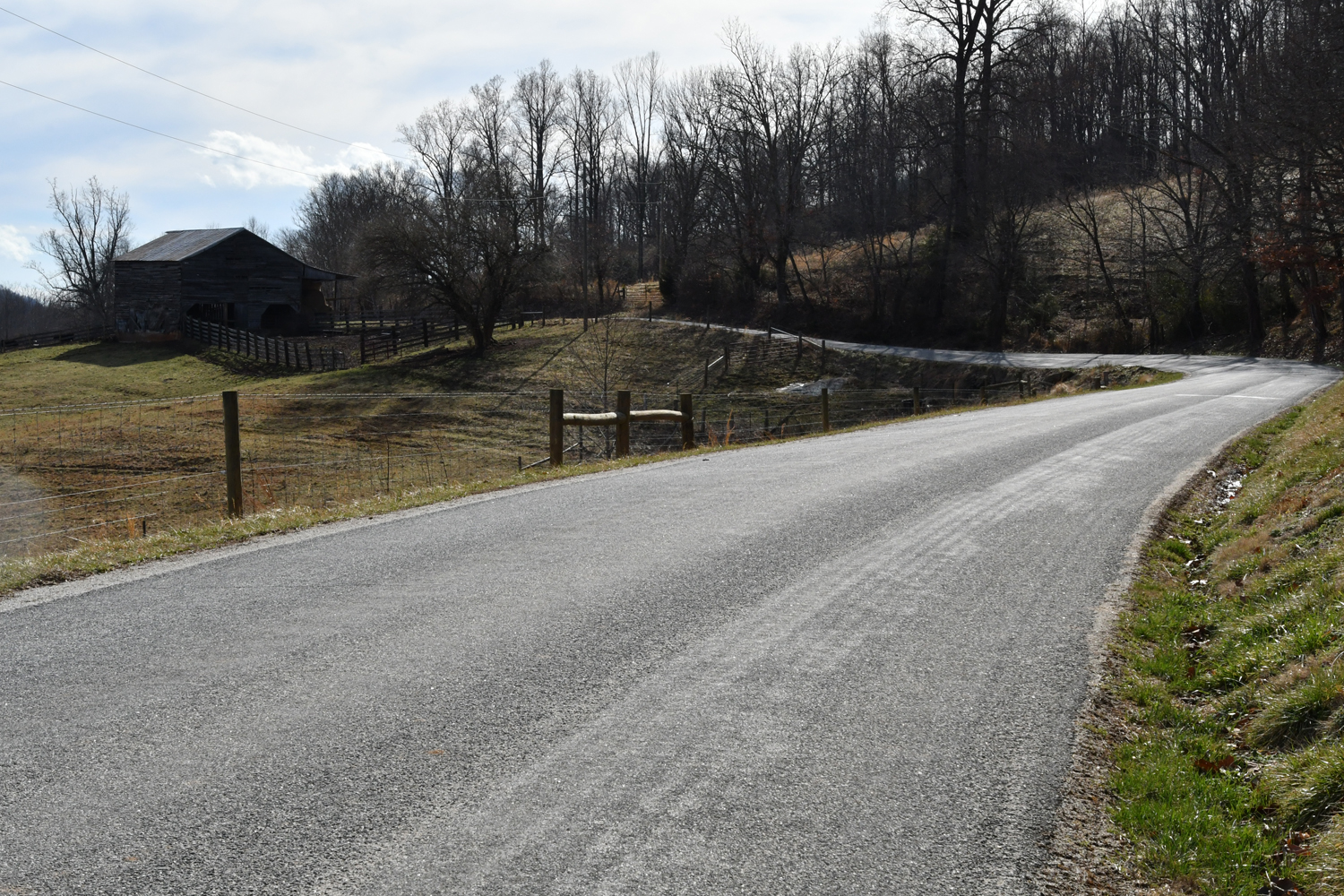
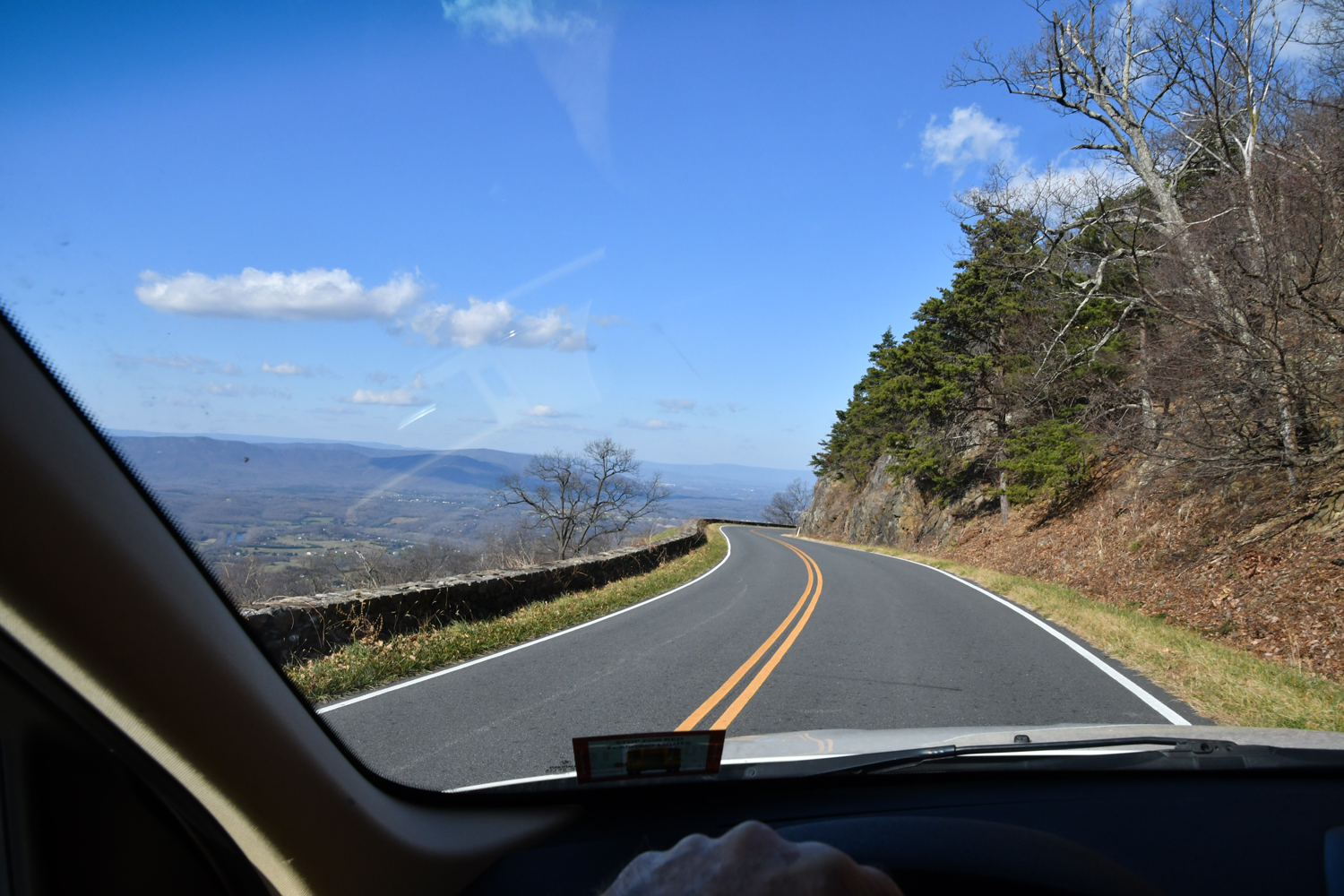

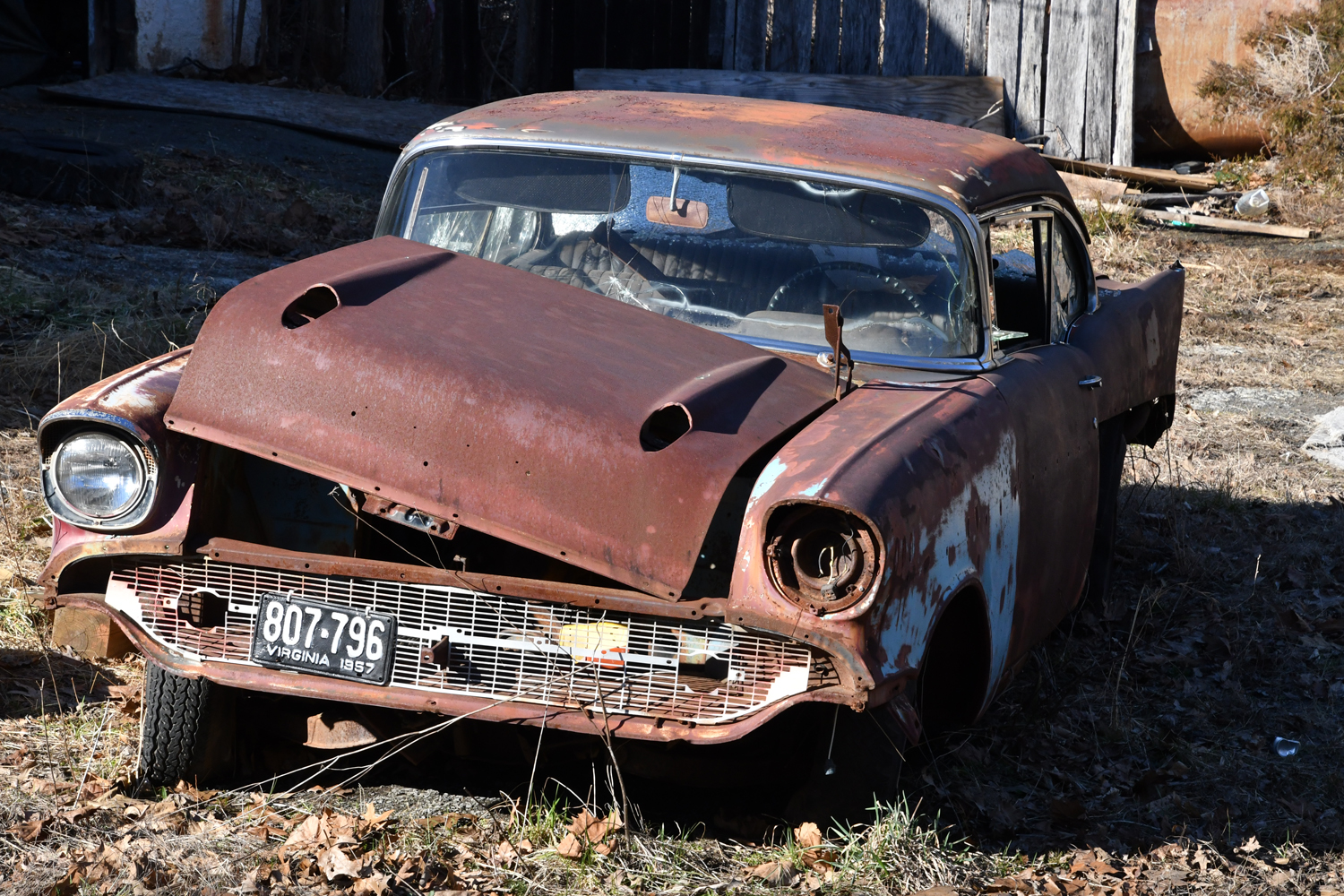
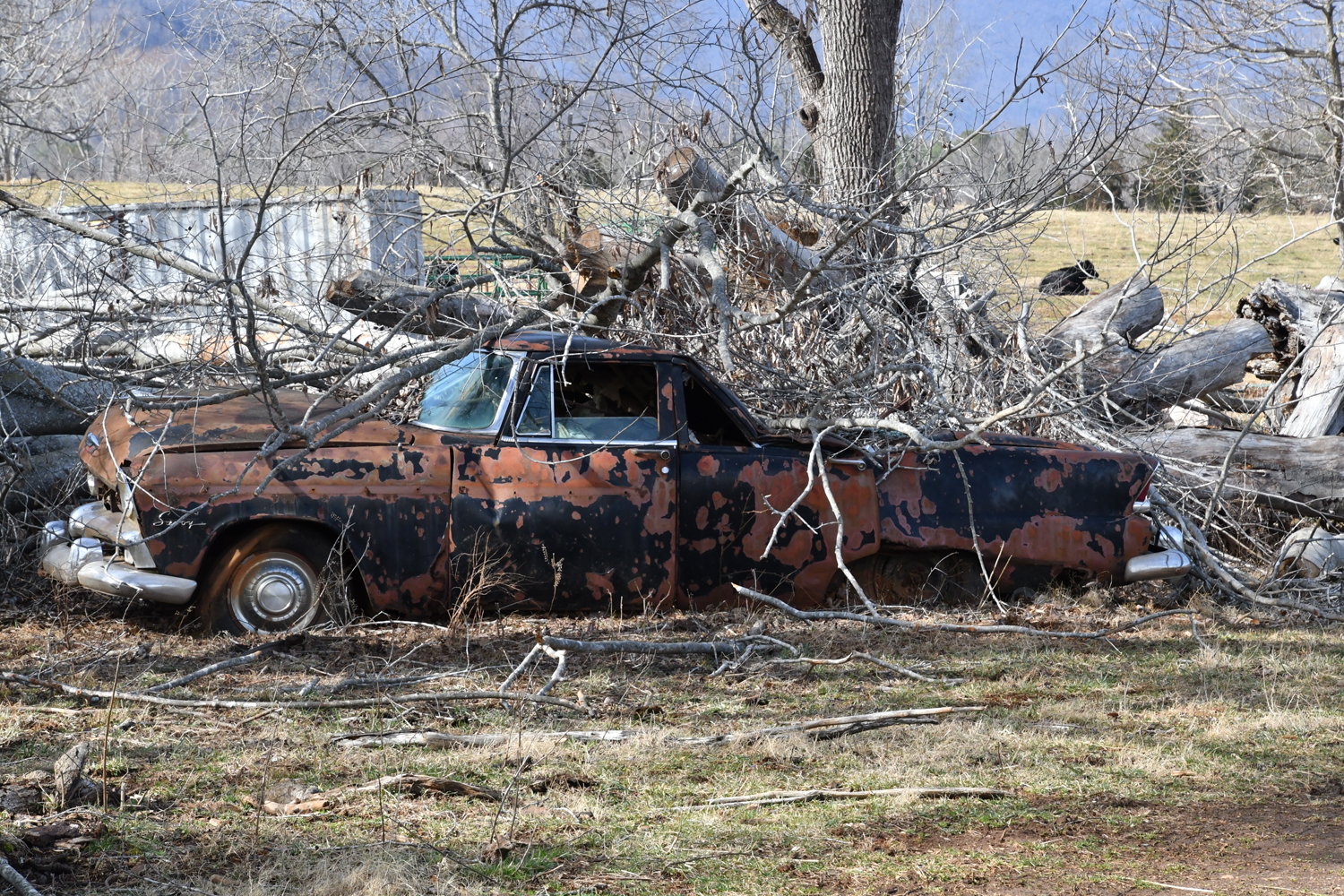



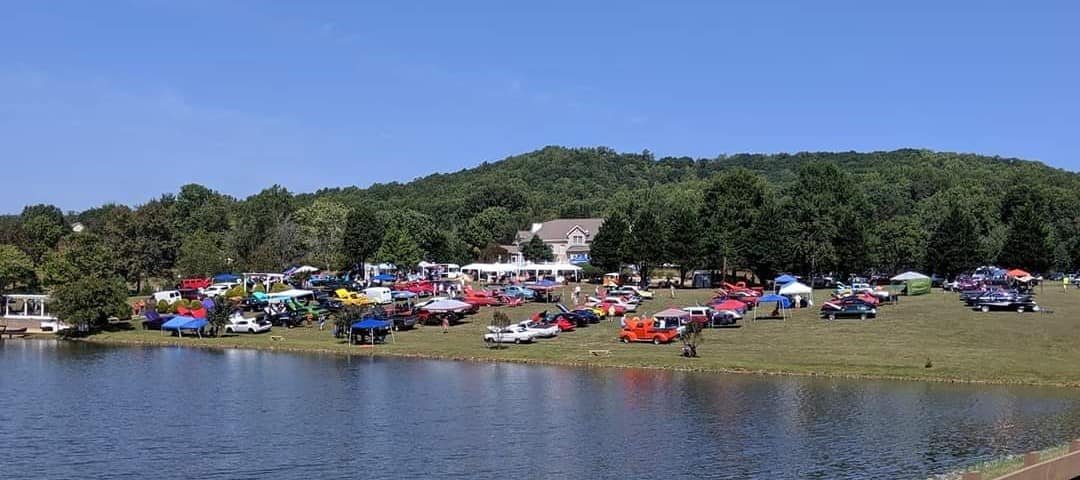
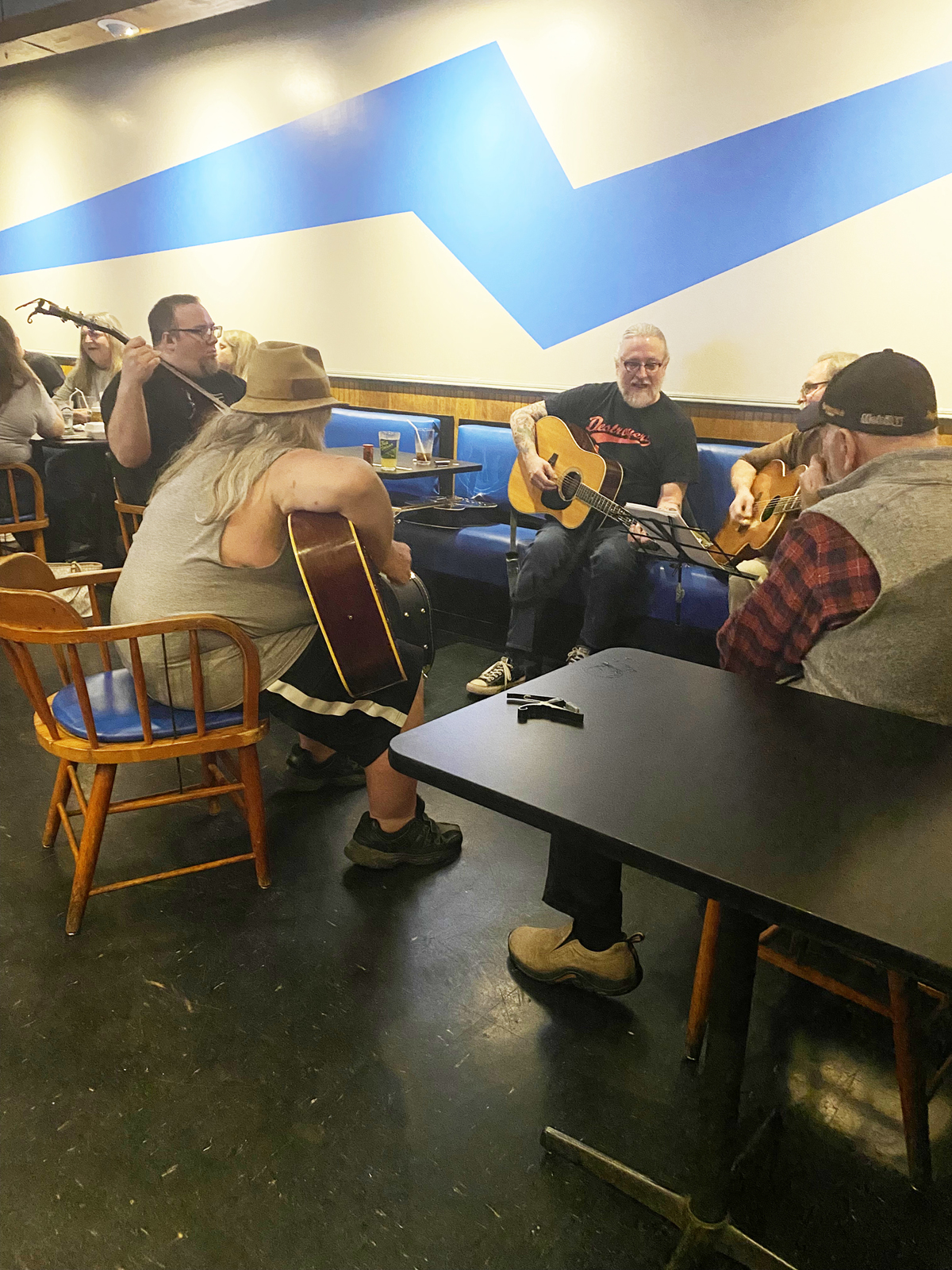
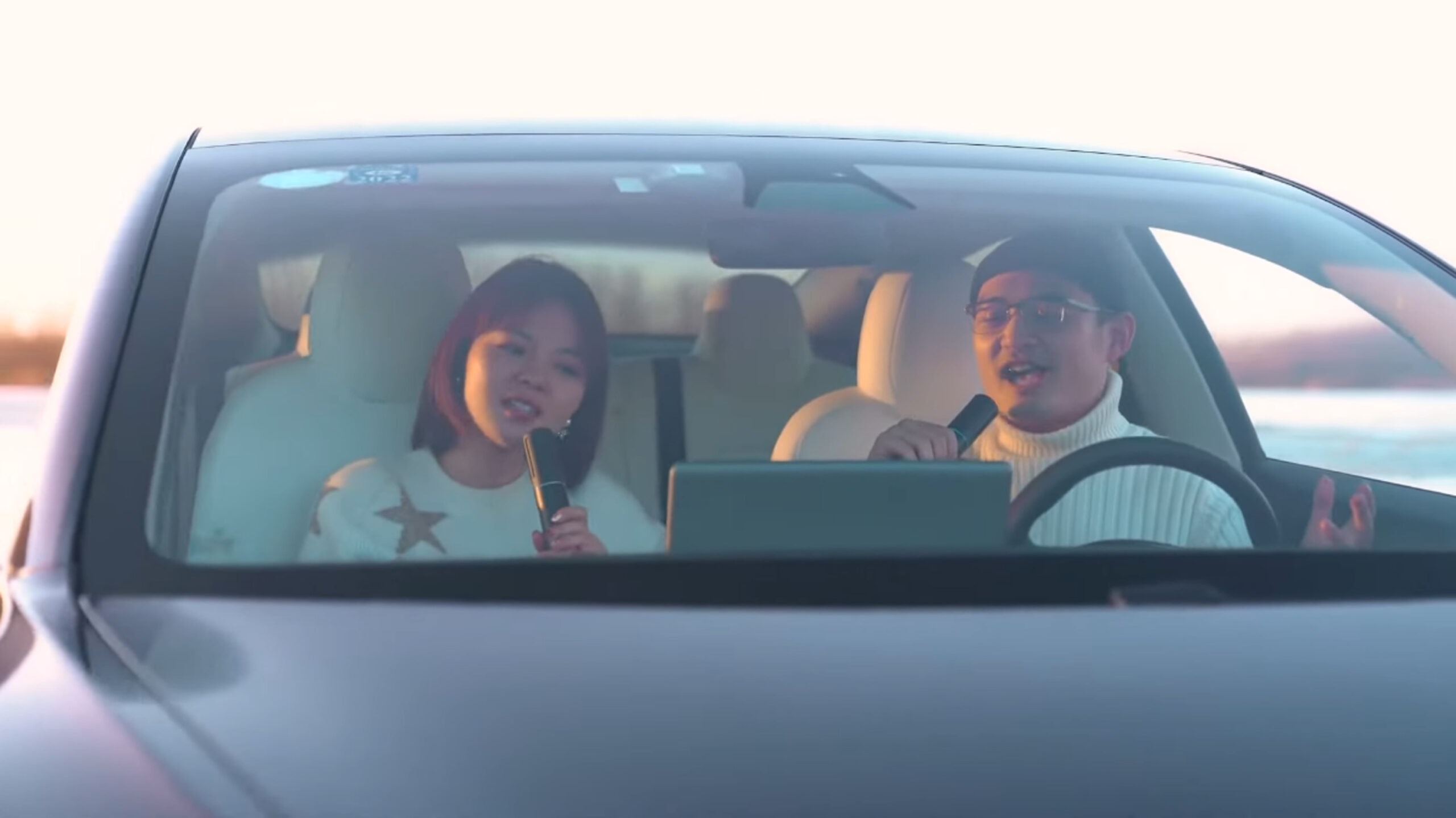
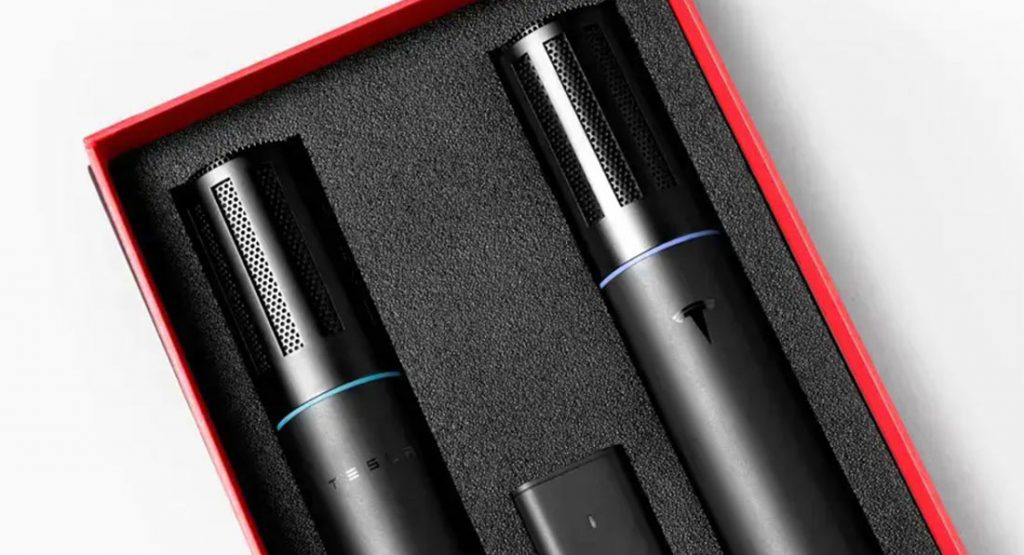
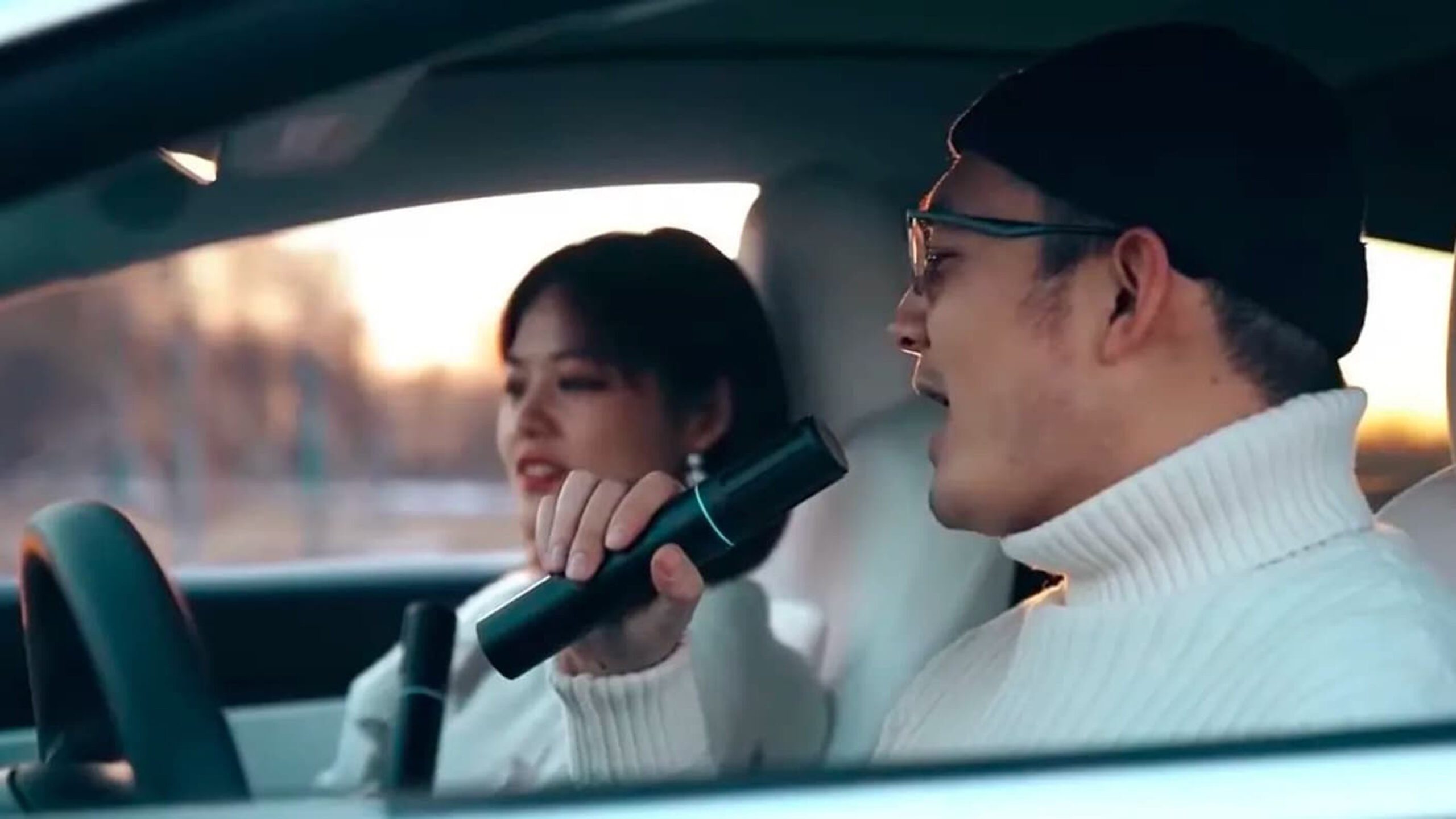




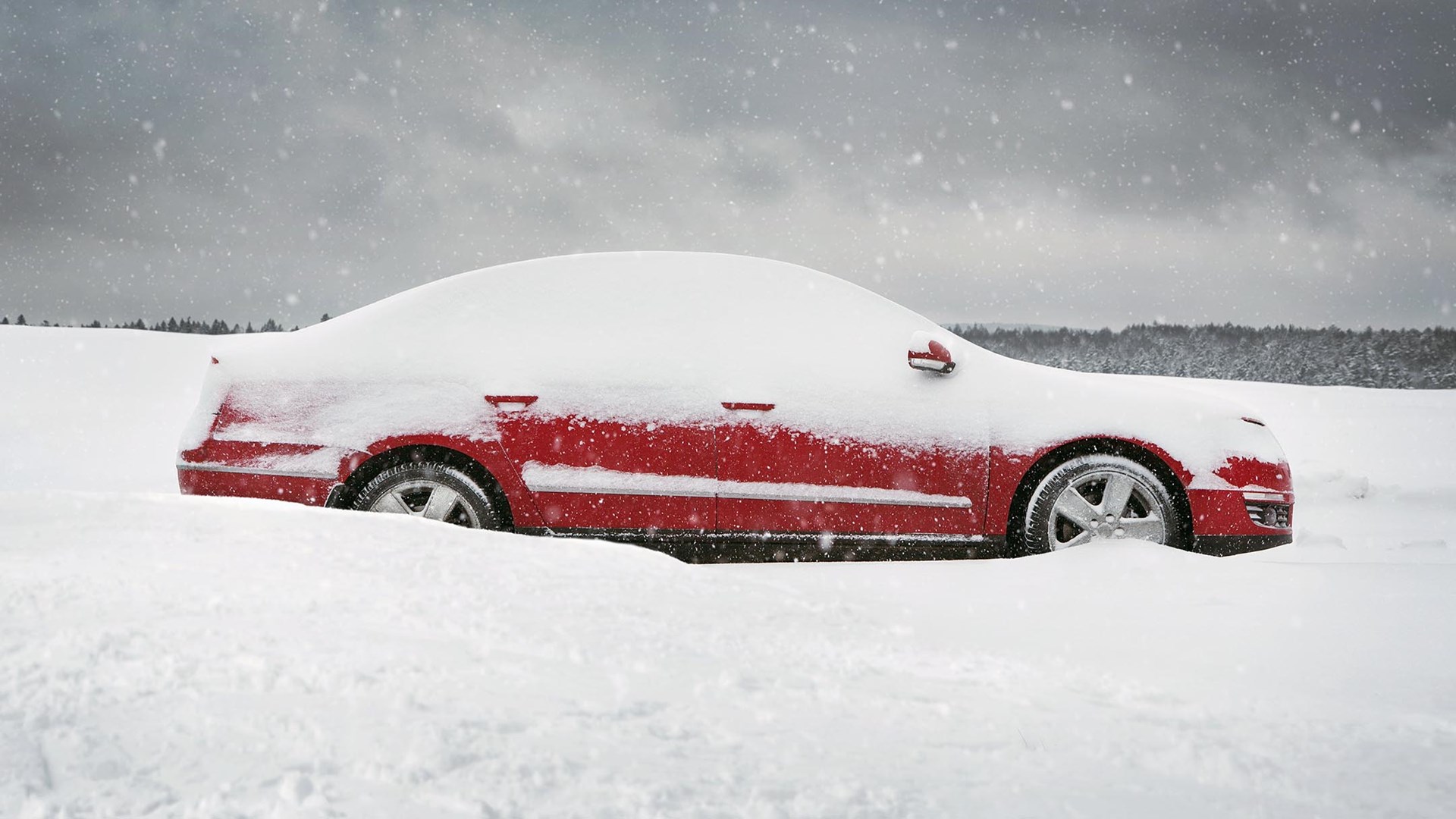
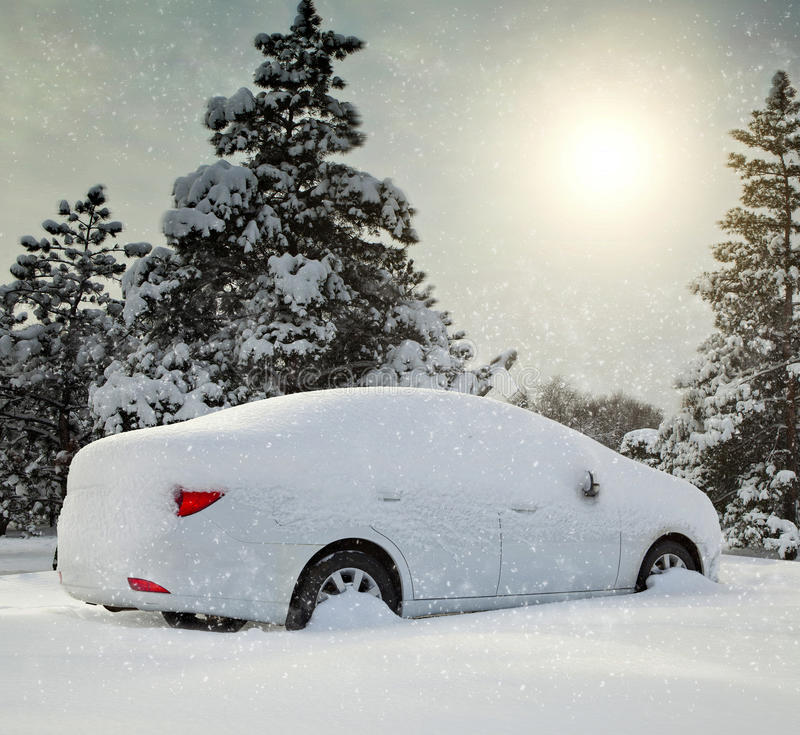

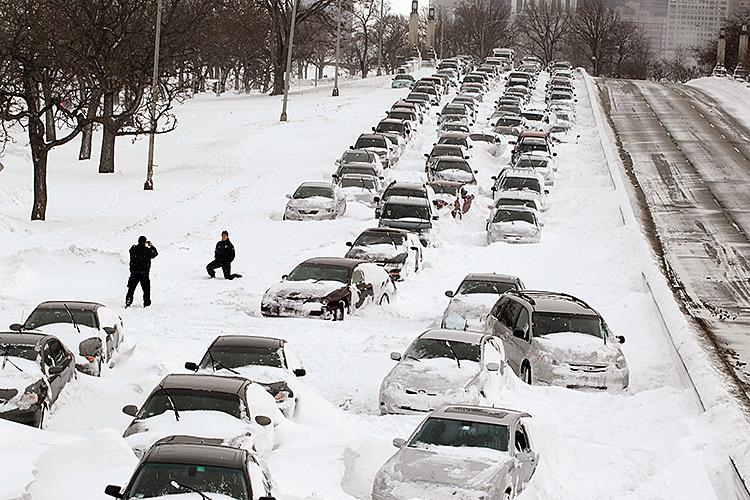
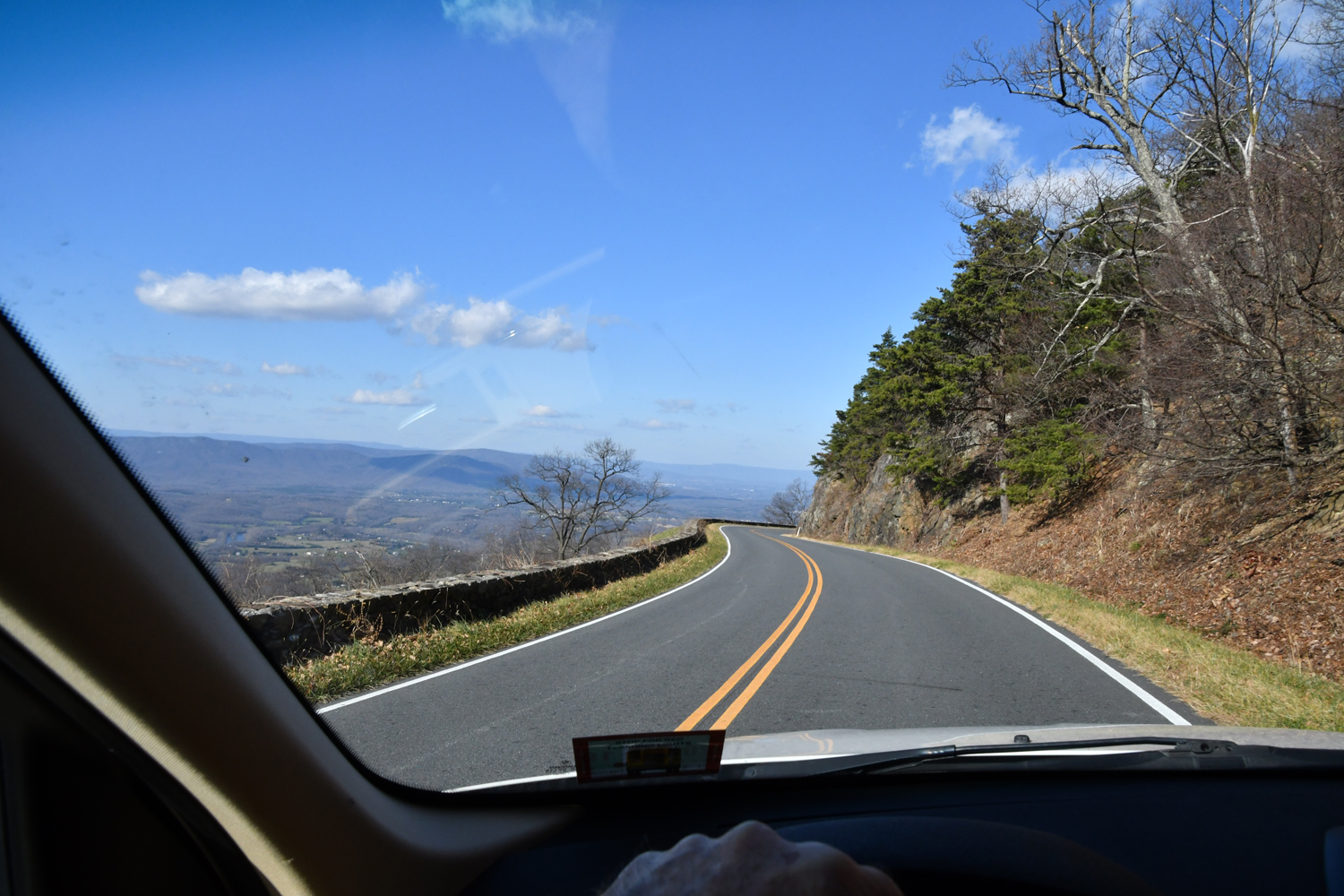
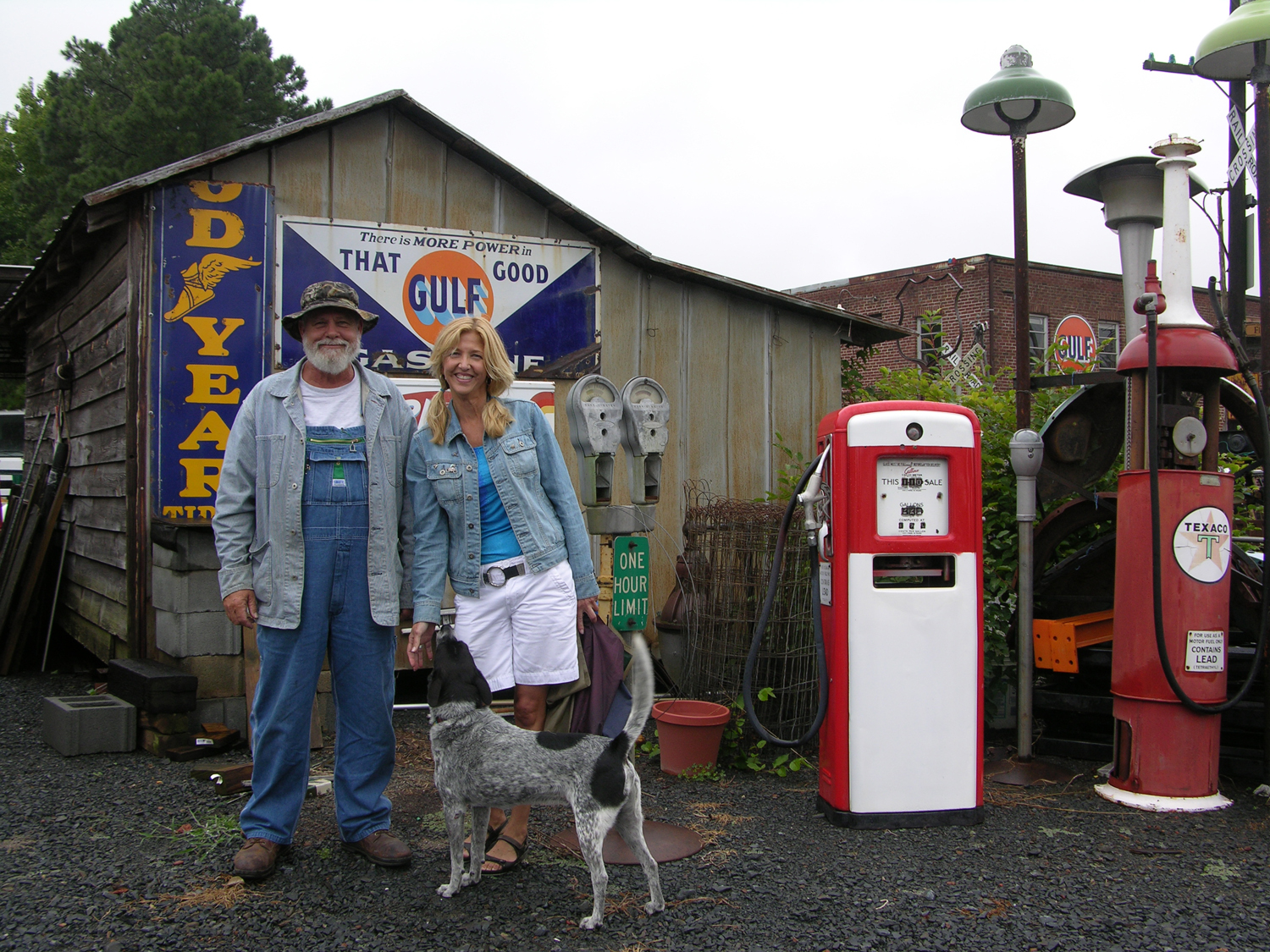
 re-calibrate a driver’s mood and expectations to a rhythm more in sync with the life, energy and surroundings to which this serpentine ribbon of black top belongs. Time spent attending to the dips and curves of blue highways actually engages a driver with real life experience rather than blowing though a countryside like the blur between subway stops.
re-calibrate a driver’s mood and expectations to a rhythm more in sync with the life, energy and surroundings to which this serpentine ribbon of black top belongs. Time spent attending to the dips and curves of blue highways actually engages a driver with real life experience rather than blowing though a countryside like the blur between subway stops.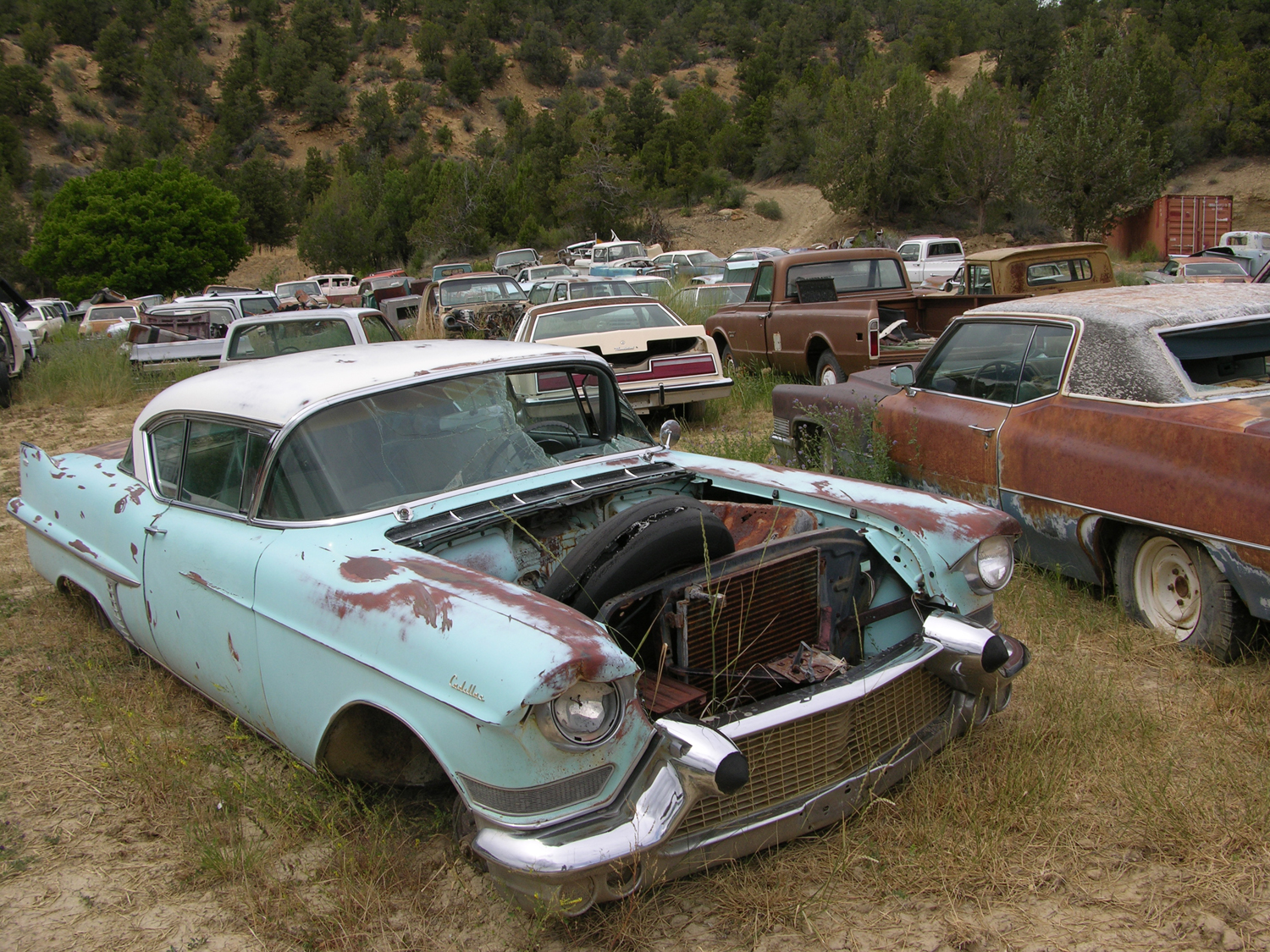 Often encountering a proprietor worthy of a Norman Rockwell illustration, my first question pretty much cuts to the chase, “What’s your story? I’ll ask. If not a general store, then a gas station with a rust trimmed Dad’s Root Beer sign or a hillside of sixty and seventy-year old Cadillacs with trees the size of schooner masts sprouting from hoodless engine bays. Regardless, there always seems to await a story ready to be shared.
Often encountering a proprietor worthy of a Norman Rockwell illustration, my first question pretty much cuts to the chase, “What’s your story? I’ll ask. If not a general store, then a gas station with a rust trimmed Dad’s Root Beer sign or a hillside of sixty and seventy-year old Cadillacs with trees the size of schooner masts sprouting from hoodless engine bays. Regardless, there always seems to await a story ready to be shared.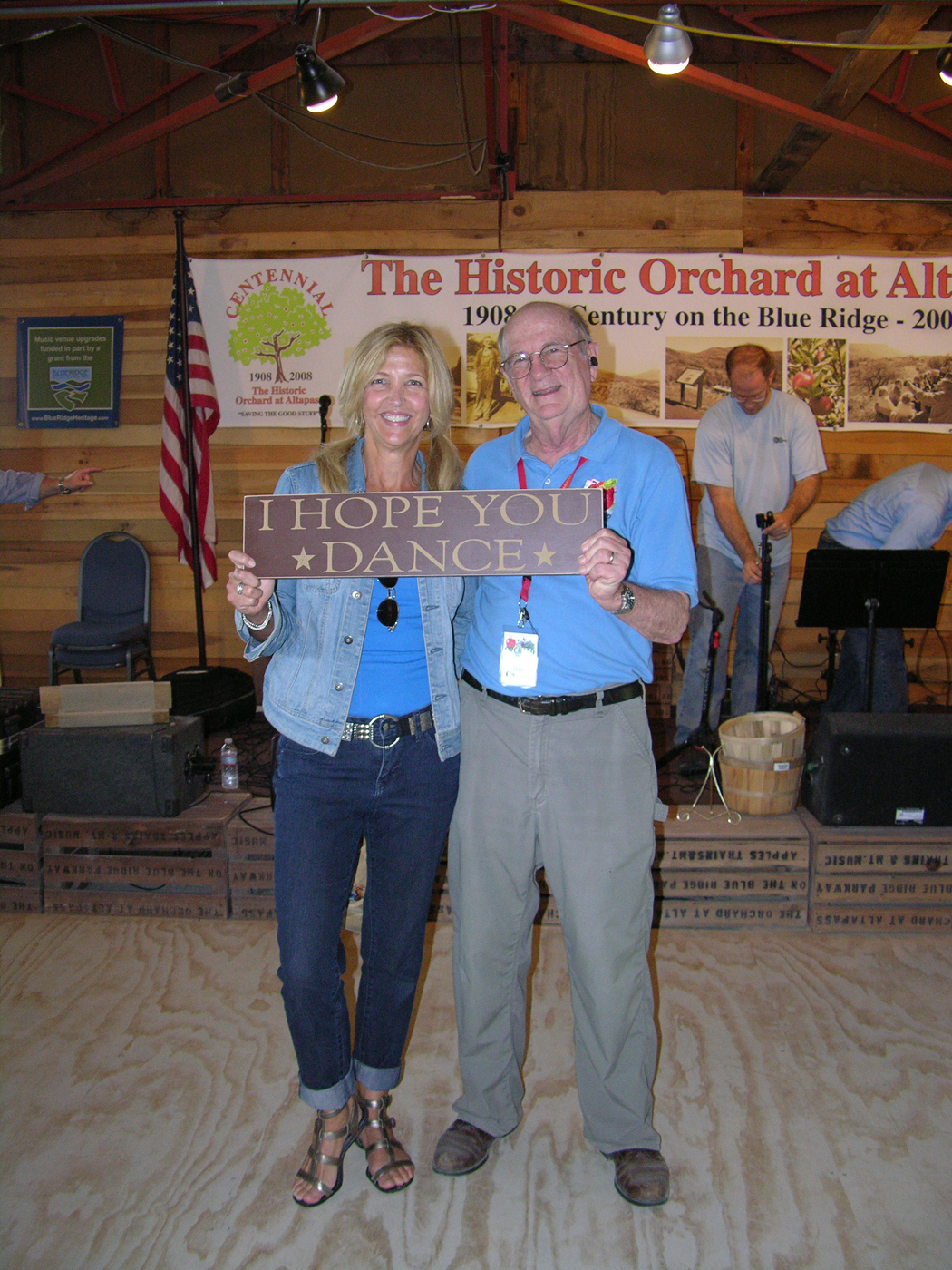 At a farm stand off the Blue Ridge Parkway, we met Bill. Genial and engaging, after introducing himself, he whisked Elaine out onto the dance floor. A terrific band of mountain musicians had just fired up their instruments and before my eyes transformed a roomful of people pleasantly chatting into a gyrating bluegrass flash mob.
At a farm stand off the Blue Ridge Parkway, we met Bill. Genial and engaging, after introducing himself, he whisked Elaine out onto the dance floor. A terrific band of mountain musicians had just fired up their instruments and before my eyes transformed a roomful of people pleasantly chatting into a gyrating bluegrass flash mob.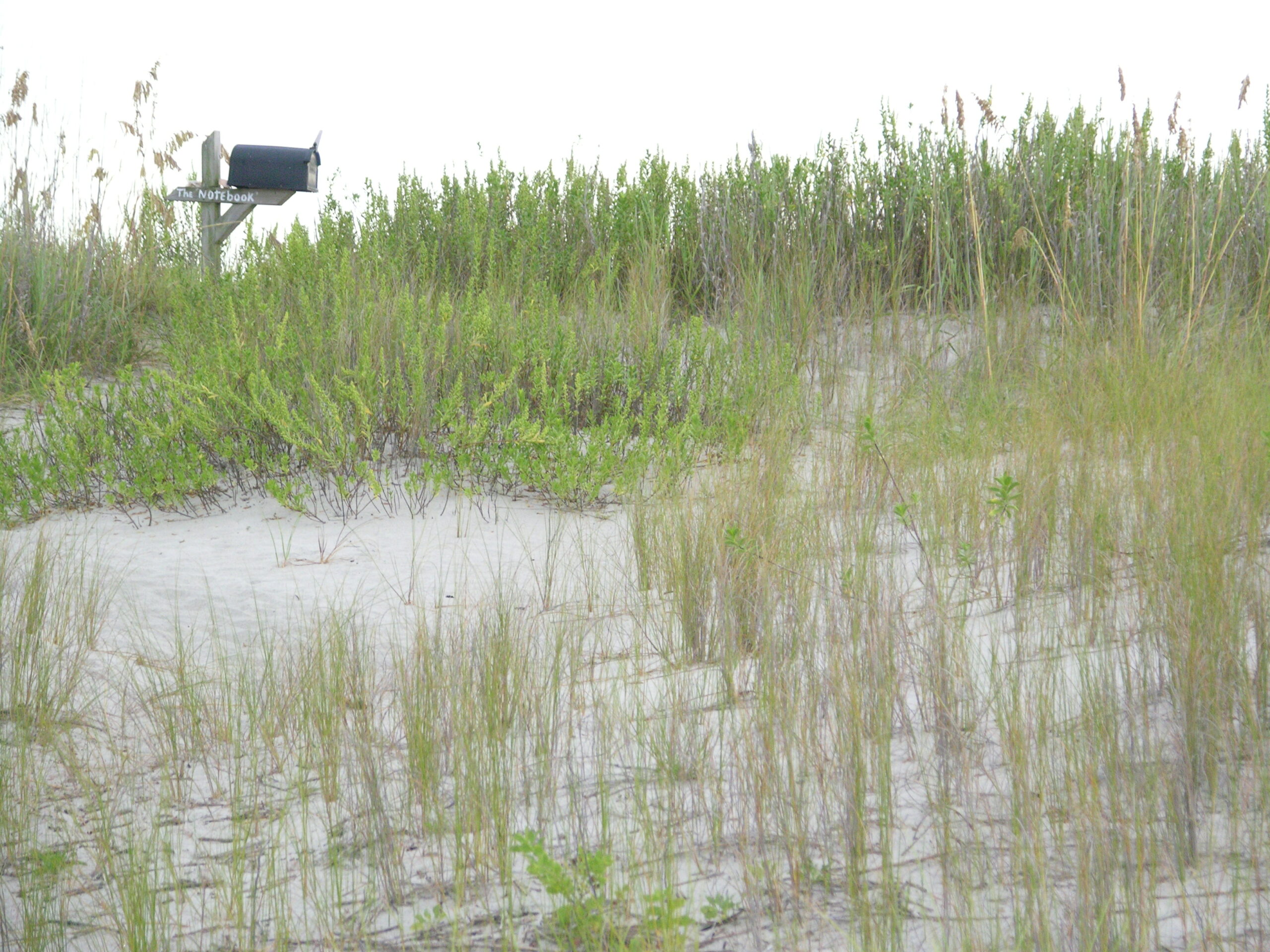



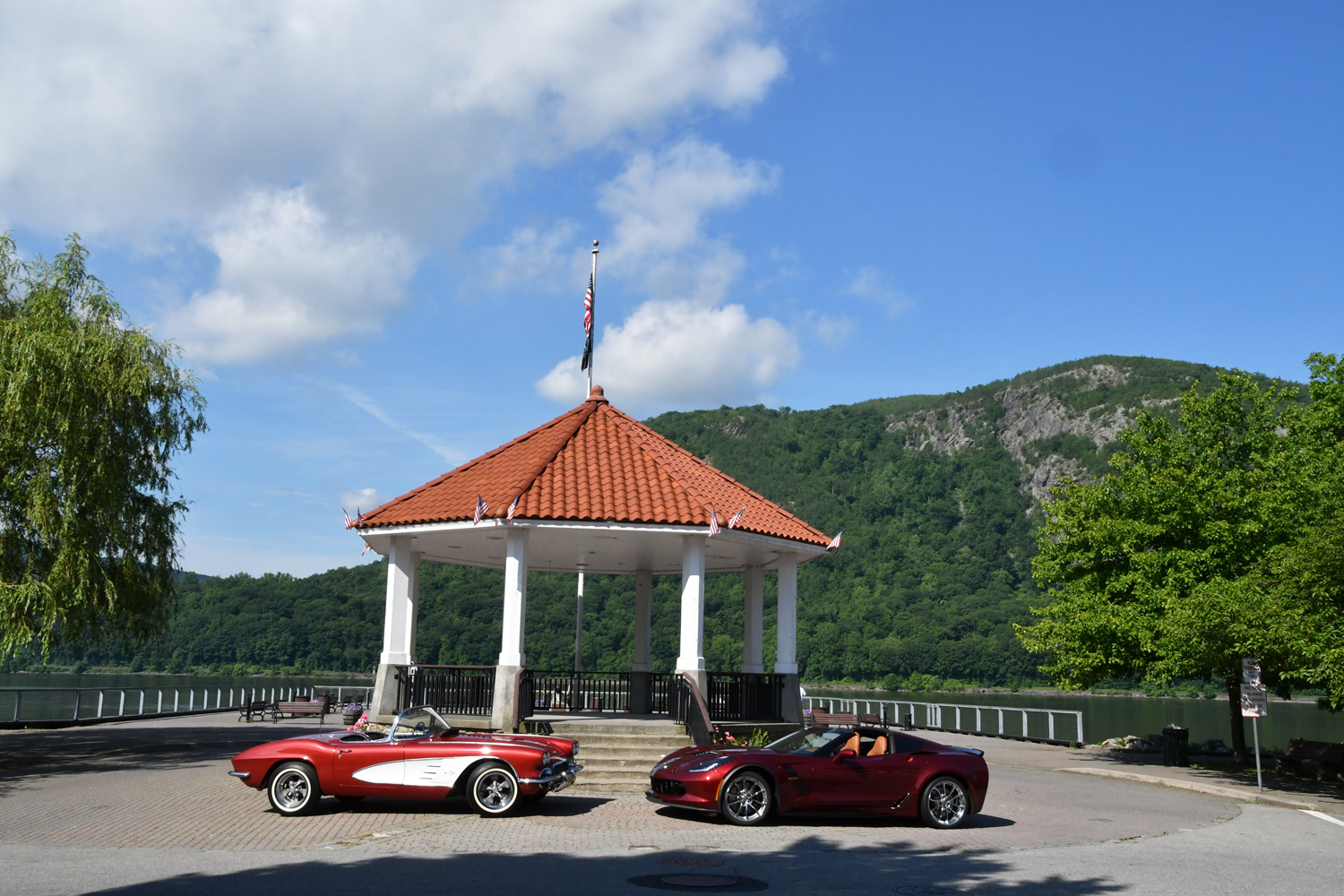

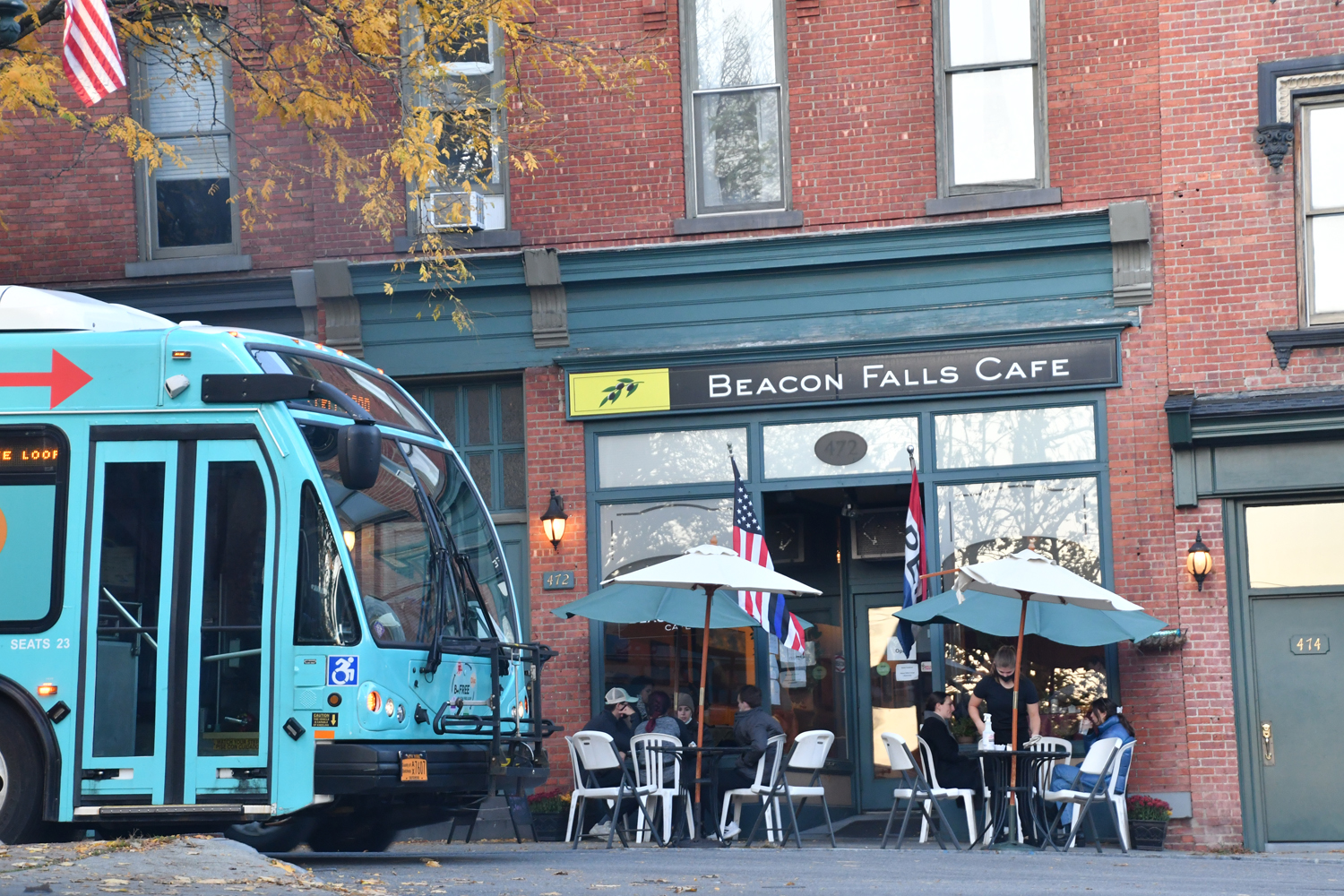

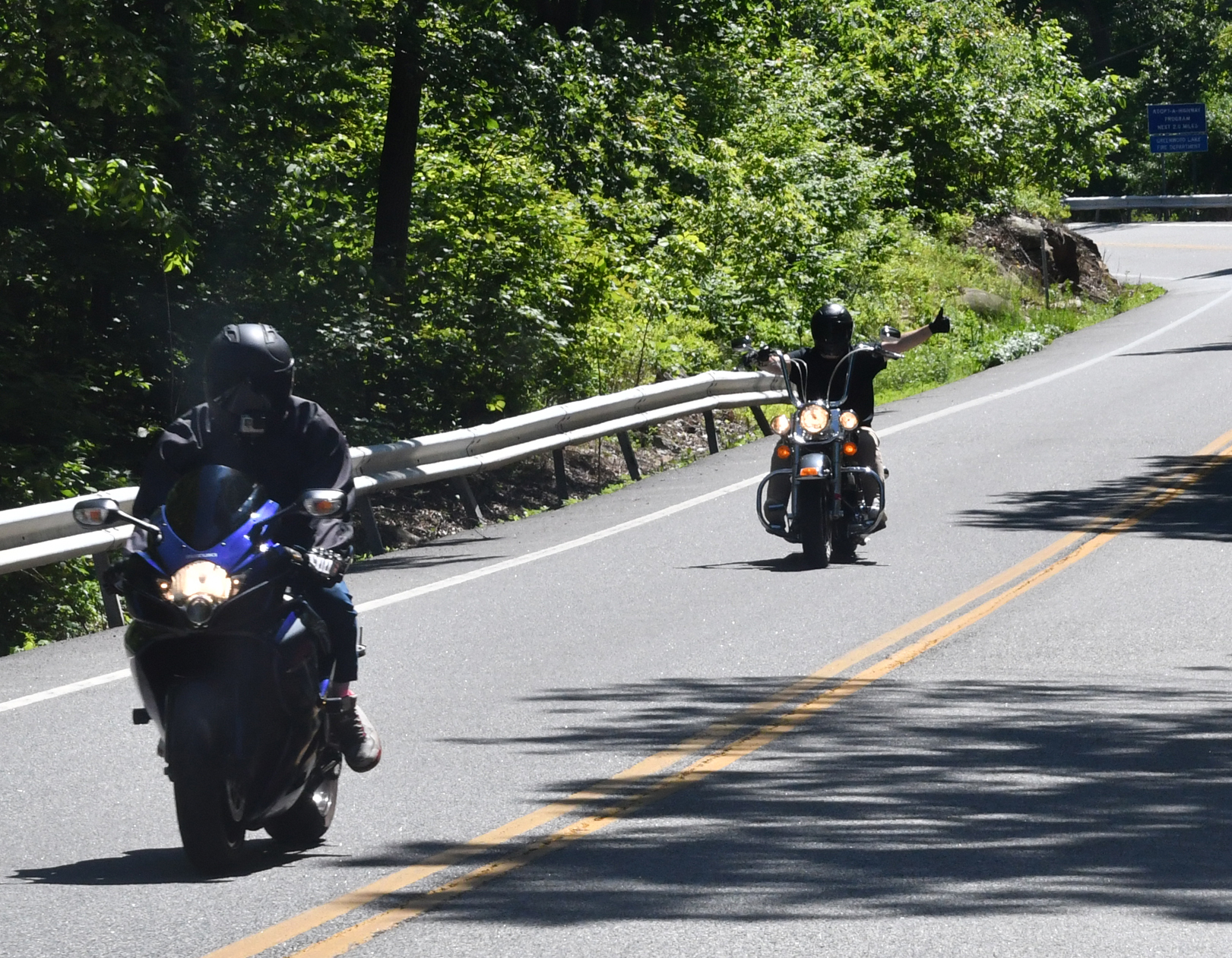



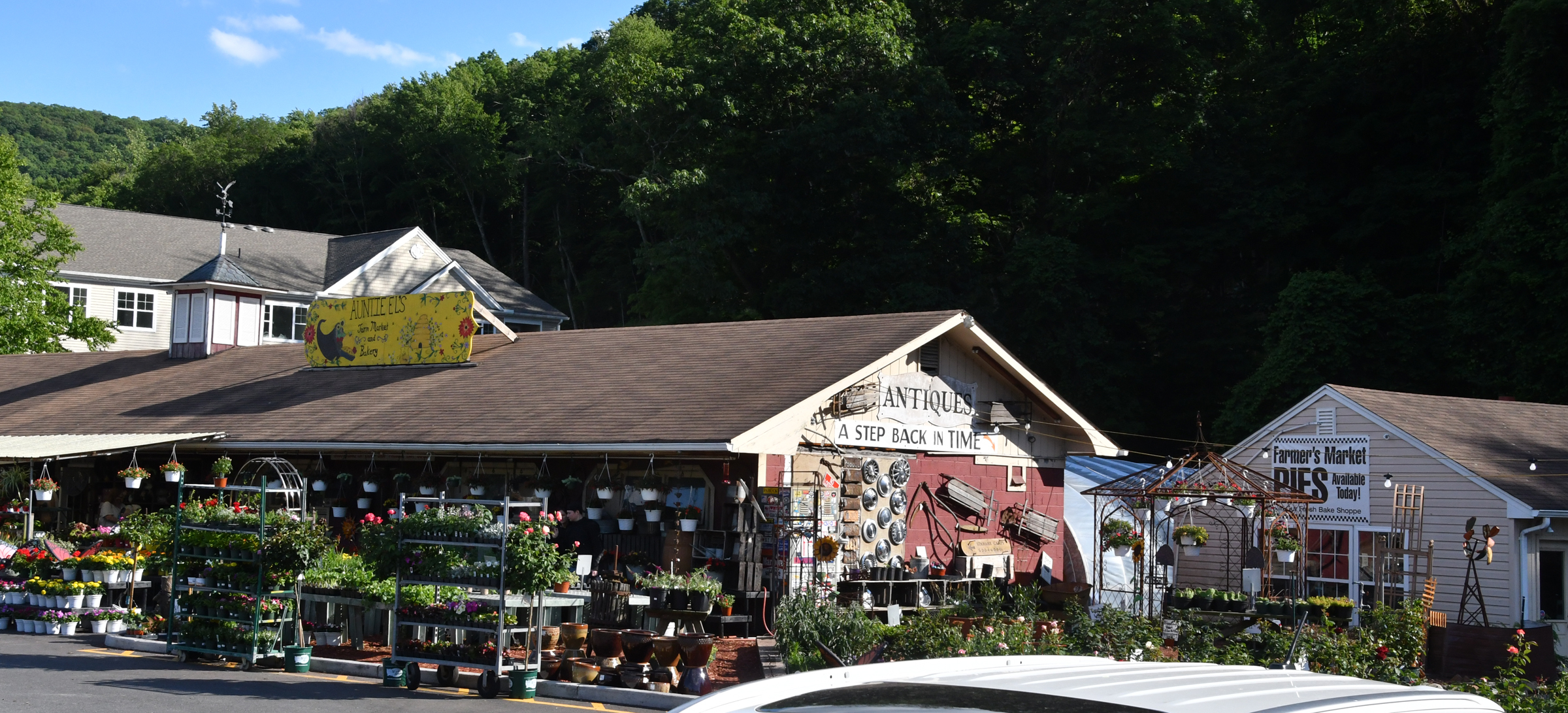
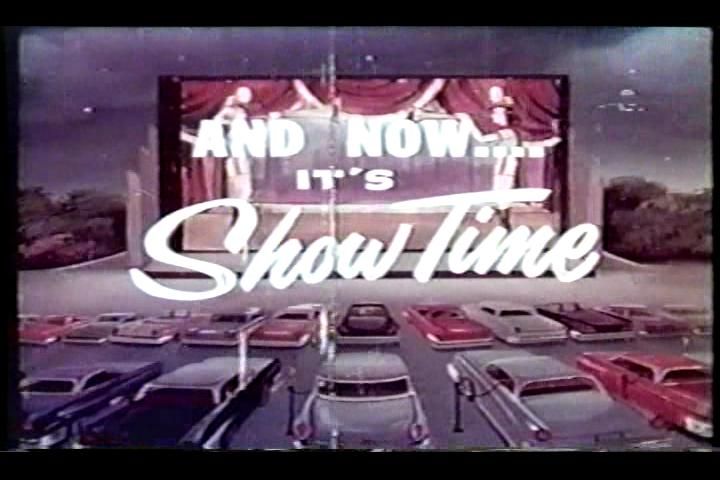
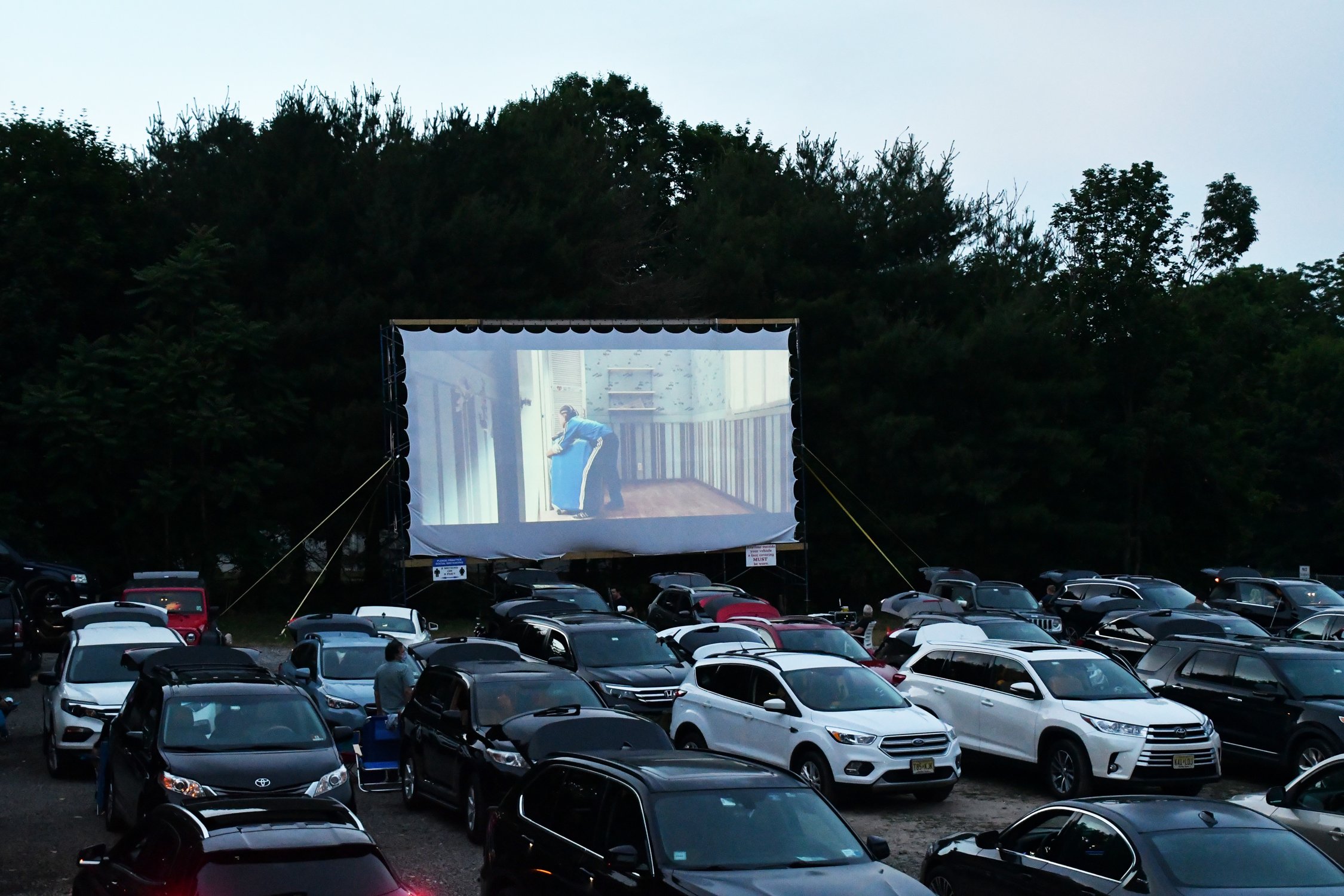 Emerging from the mist of a life long gone by, the drive-in movie has come to the rescue. Local town pool parking lots, farm stands, malls, any place with a flat surface that can fit at least 75 cars seems to have a portable screen and people are loving it.
Emerging from the mist of a life long gone by, the drive-in movie has come to the rescue. Local town pool parking lots, farm stands, malls, any place with a flat surface that can fit at least 75 cars seems to have a portable screen and people are loving it.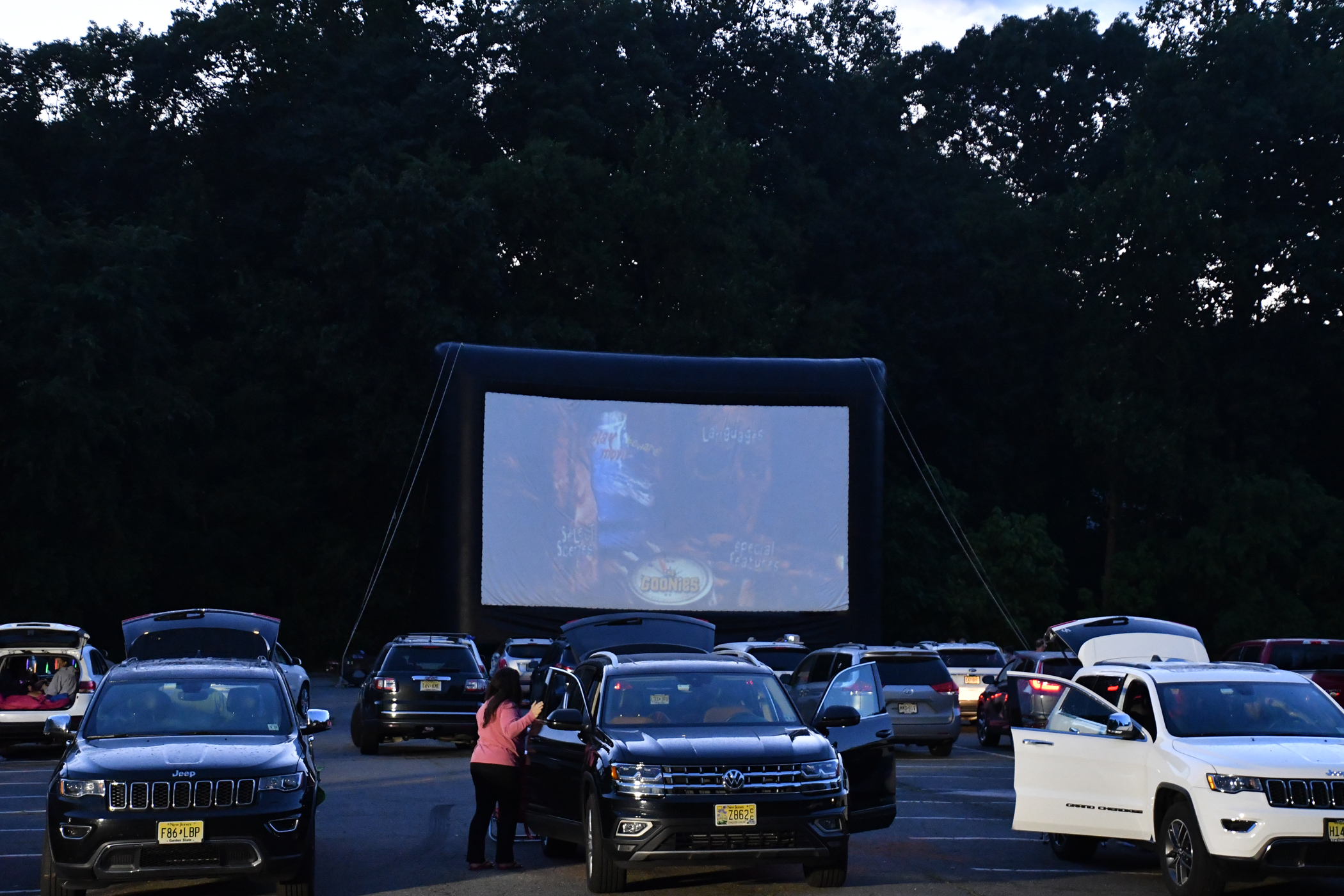
 the screen with rear hatches raised. In the 60’s my VW microbus, alone, stared defiantly in the opposite direction allowing for my uplifted hatch to afford fresh air and a fully reclined viewing position on the mattress in back.
the screen with rear hatches raised. In the 60’s my VW microbus, alone, stared defiantly in the opposite direction allowing for my uplifted hatch to afford fresh air and a fully reclined viewing position on the mattress in back.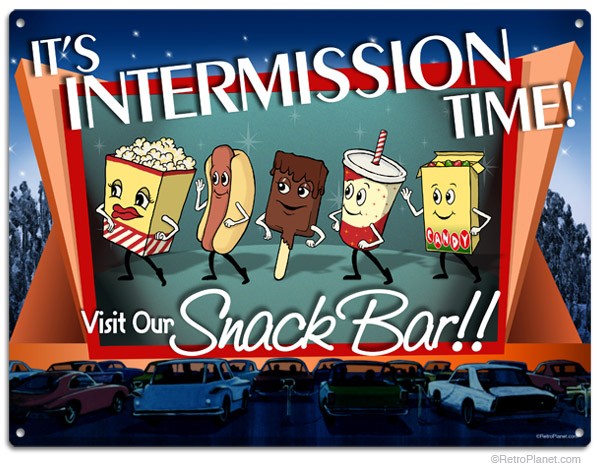 positioned your vehicle on the viewing berm, car mounted speakers, 60-second dancing hot dog snack bar promo films, the chorus line of salty, sweet, greasy and crunchy treats arrayed across the screen under the “It’s intermission time” banner and of course mastery of the discrete wandering eye as, with cardboard snack tray of goodies clutched in both hands, you weaved your way back through the aisles of mid-century Detroit iron with no air conditioning and fogged windows.
positioned your vehicle on the viewing berm, car mounted speakers, 60-second dancing hot dog snack bar promo films, the chorus line of salty, sweet, greasy and crunchy treats arrayed across the screen under the “It’s intermission time” banner and of course mastery of the discrete wandering eye as, with cardboard snack tray of goodies clutched in both hands, you weaved your way back through the aisles of mid-century Detroit iron with no air conditioning and fogged windows.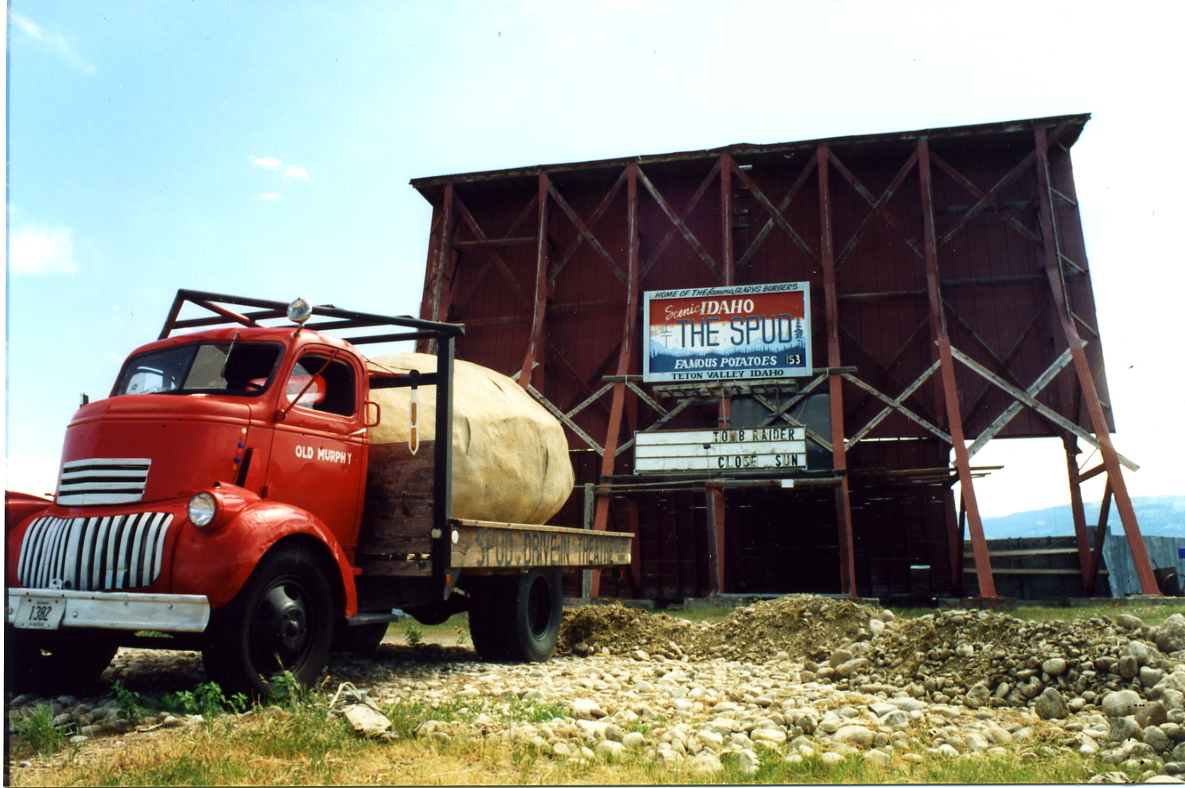
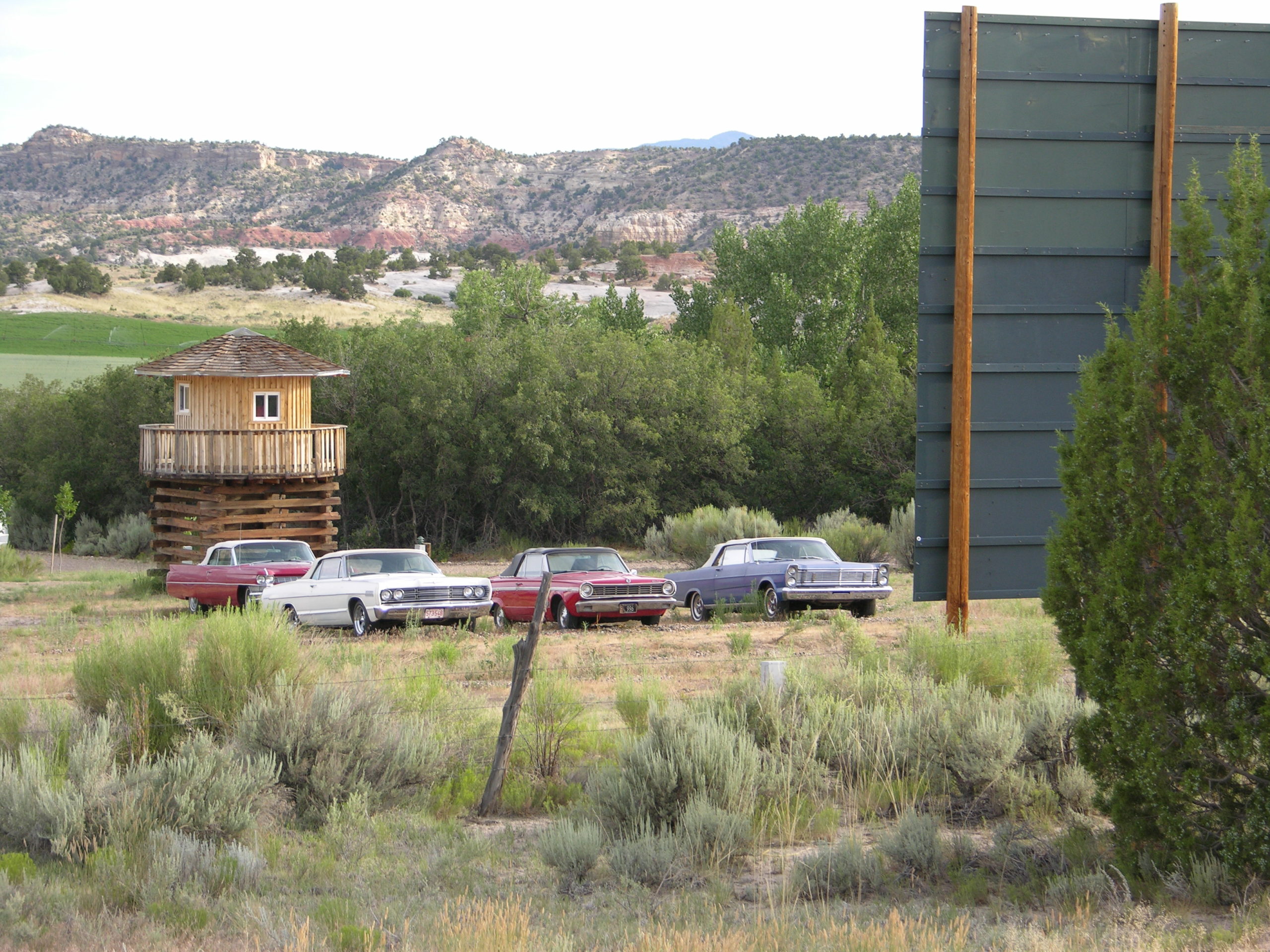 y the movie in a time capsule.
y the movie in a time capsule.
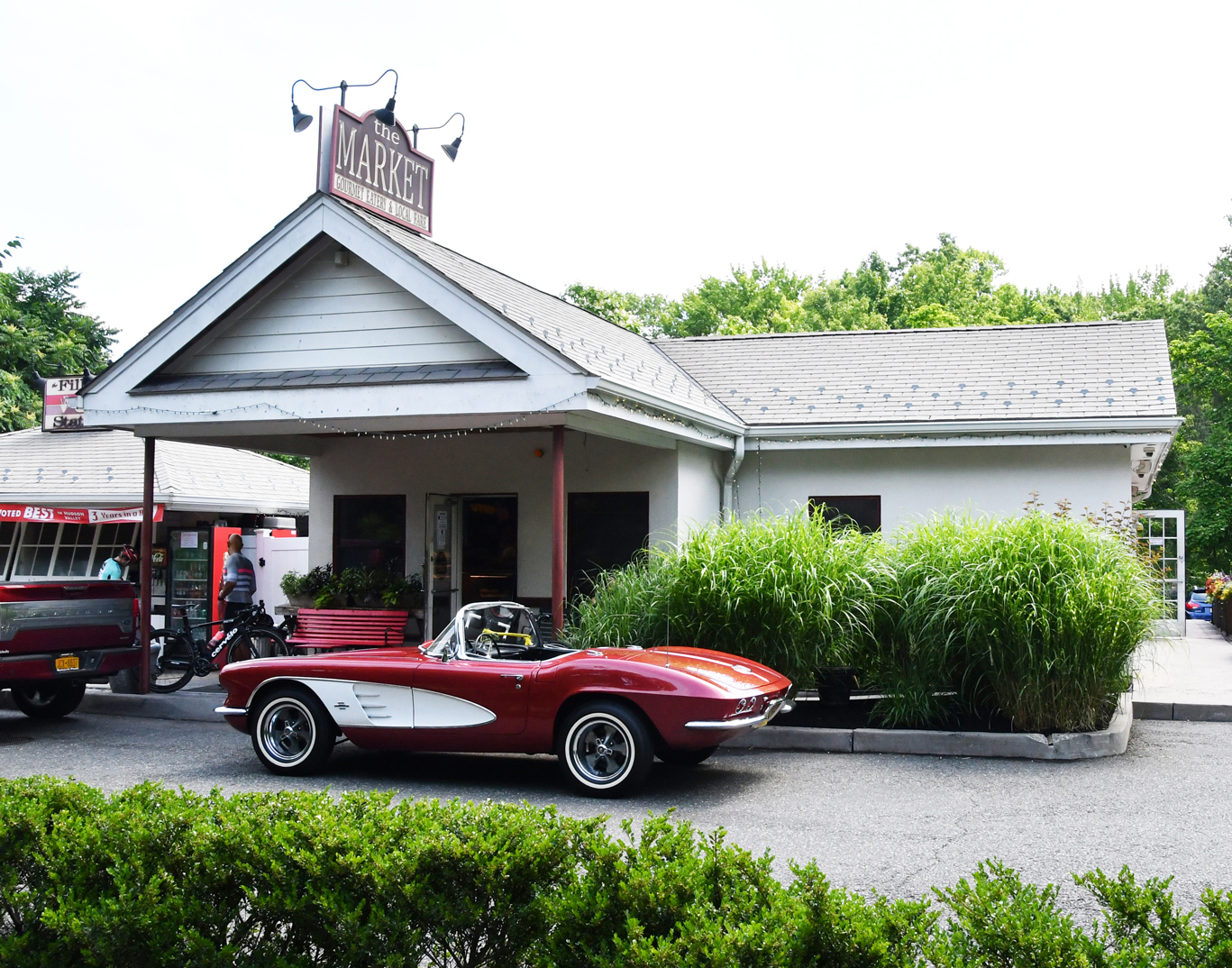 gourmet food oasis that has become a magnet for bicyclists from all over the Tri-state area. It is doubtful that anyone enjoying their pan fried organic egg sandwich has a clue about the structure’s first life and its starring role in one of the boldest automobilia thefts in local history.
gourmet food oasis that has become a magnet for bicyclists from all over the Tri-state area. It is doubtful that anyone enjoying their pan fried organic egg sandwich has a clue about the structure’s first life and its starring role in one of the boldest automobilia thefts in local history.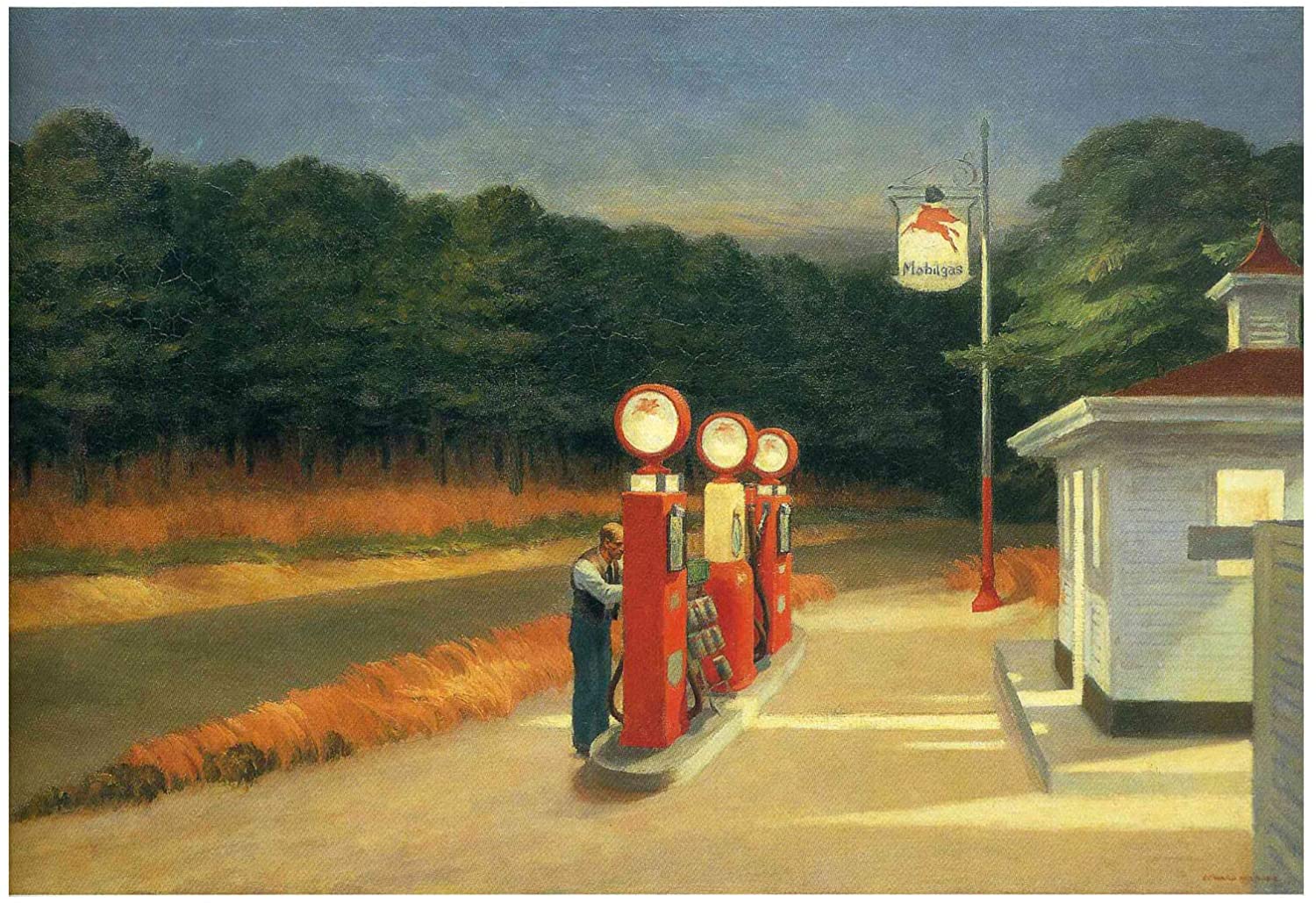
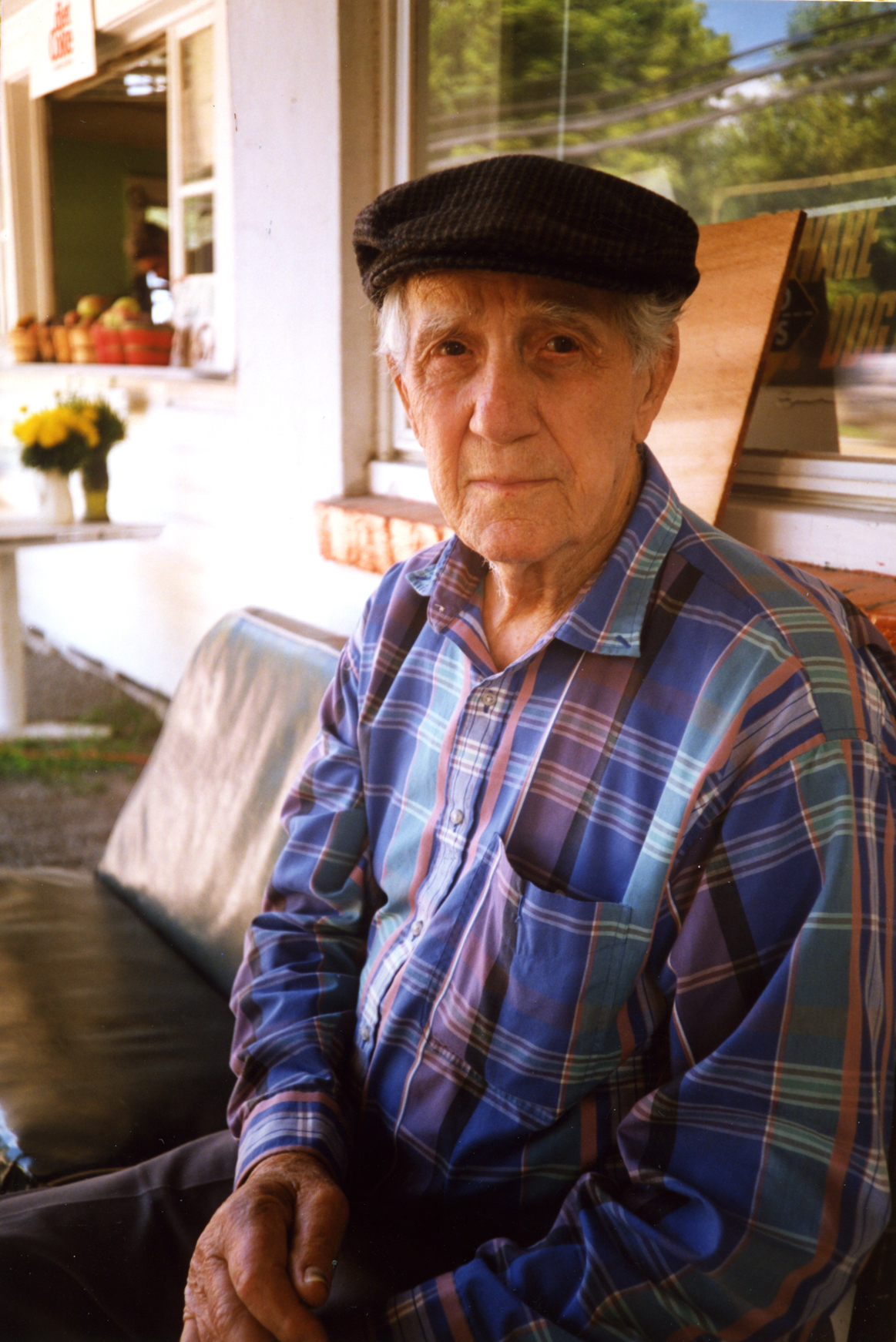

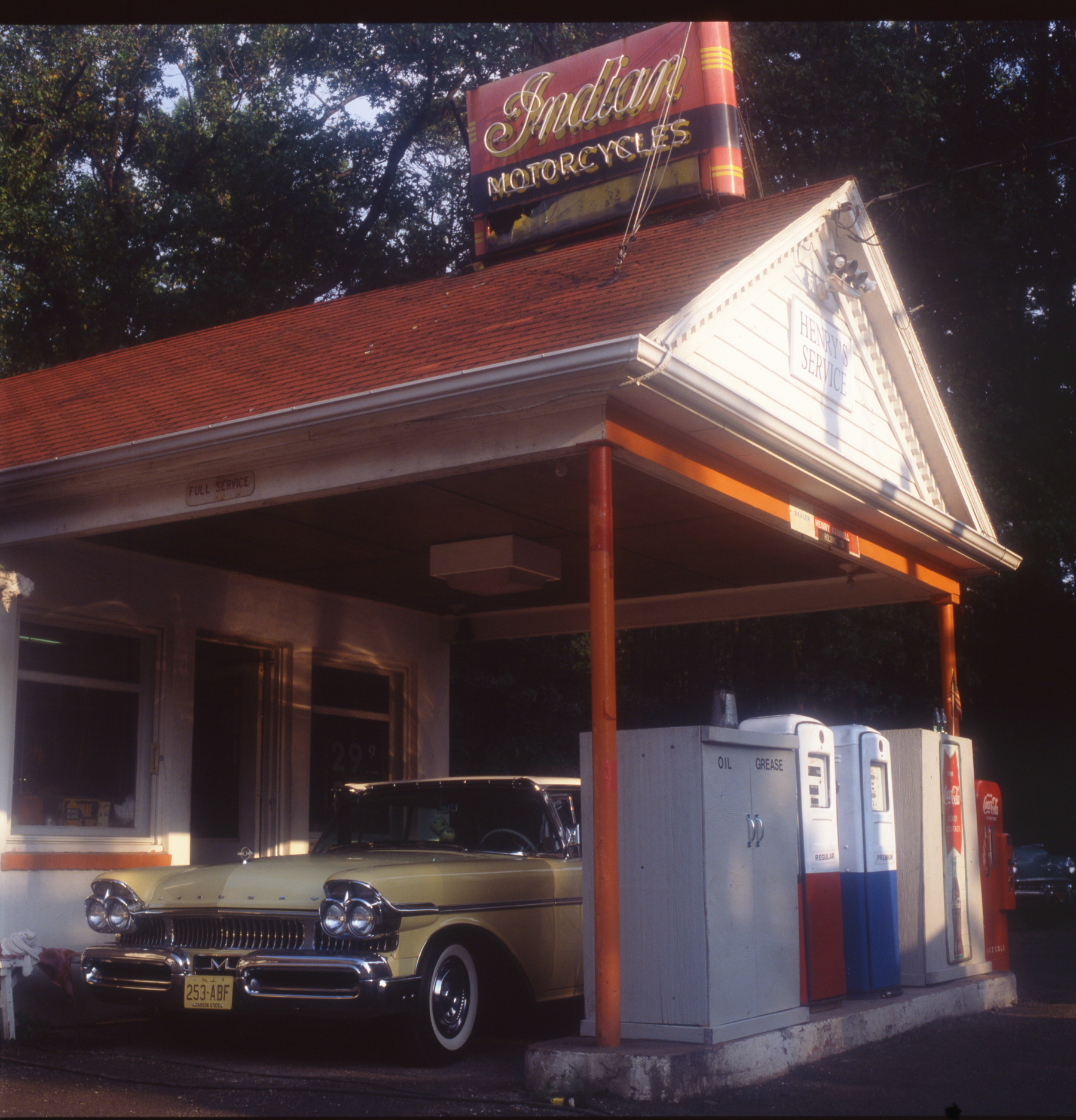
 adage. For Jerry McSpirit Tropical Storm Floyd in 1999 fits the bill.
adage. For Jerry McSpirit Tropical Storm Floyd in 1999 fits the bill.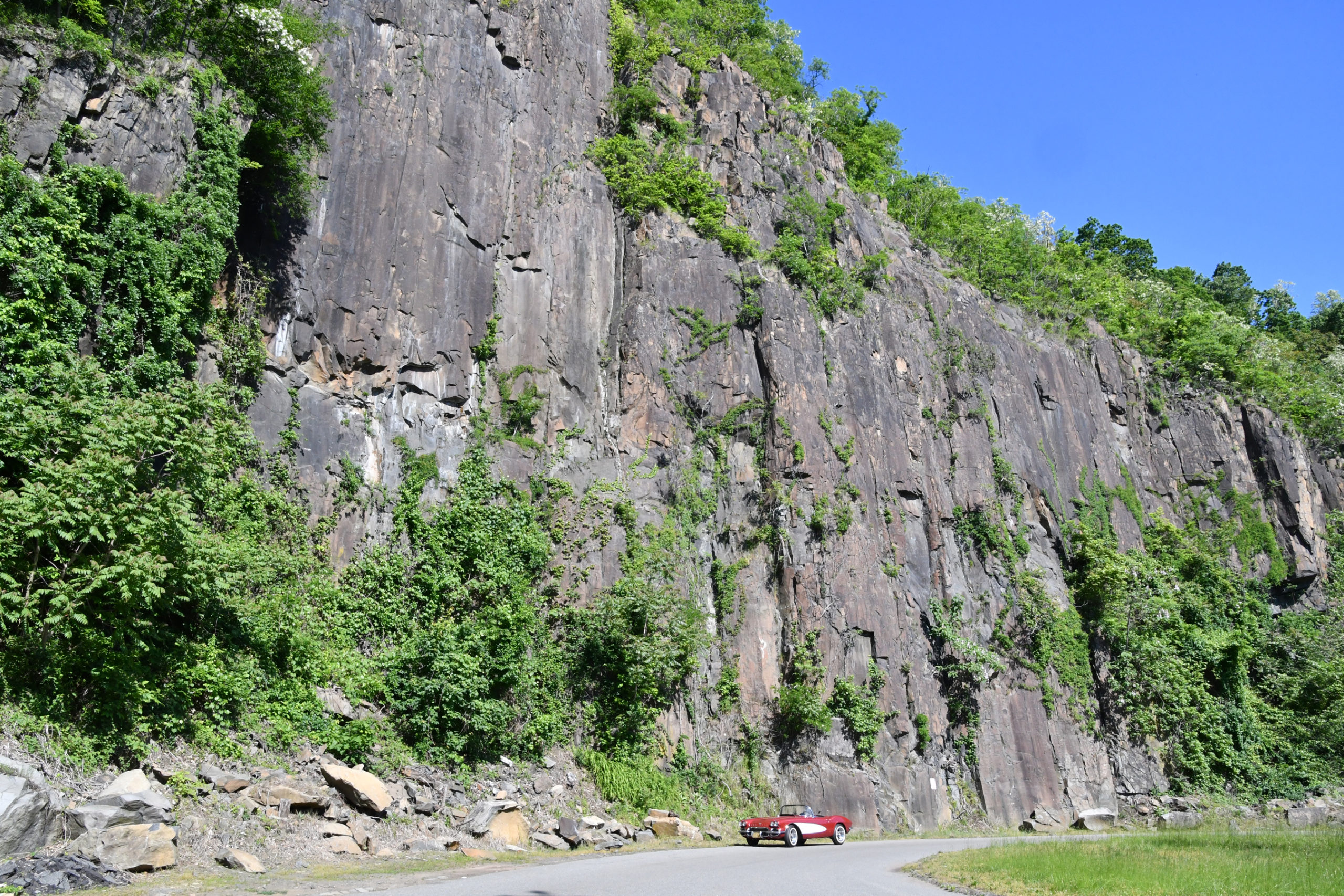
 in a lower gear. Once finding that low gear RPM sweet spot, the engine‘s throaty exhaust note will be enriched and reverberated by the sheer stone face of the Palisades that flanks the road. This rumbling symphony enhances the sensory delight courtesy of the Henry Hudson Drive, a narrow serpentine road clinging to the towering Palisades. Driven at night only makes it better.
in a lower gear. Once finding that low gear RPM sweet spot, the engine‘s throaty exhaust note will be enriched and reverberated by the sheer stone face of the Palisades that flanks the road. This rumbling symphony enhances the sensory delight courtesy of the Henry Hudson Drive, a narrow serpentine road clinging to the towering Palisades. Driven at night only makes it better.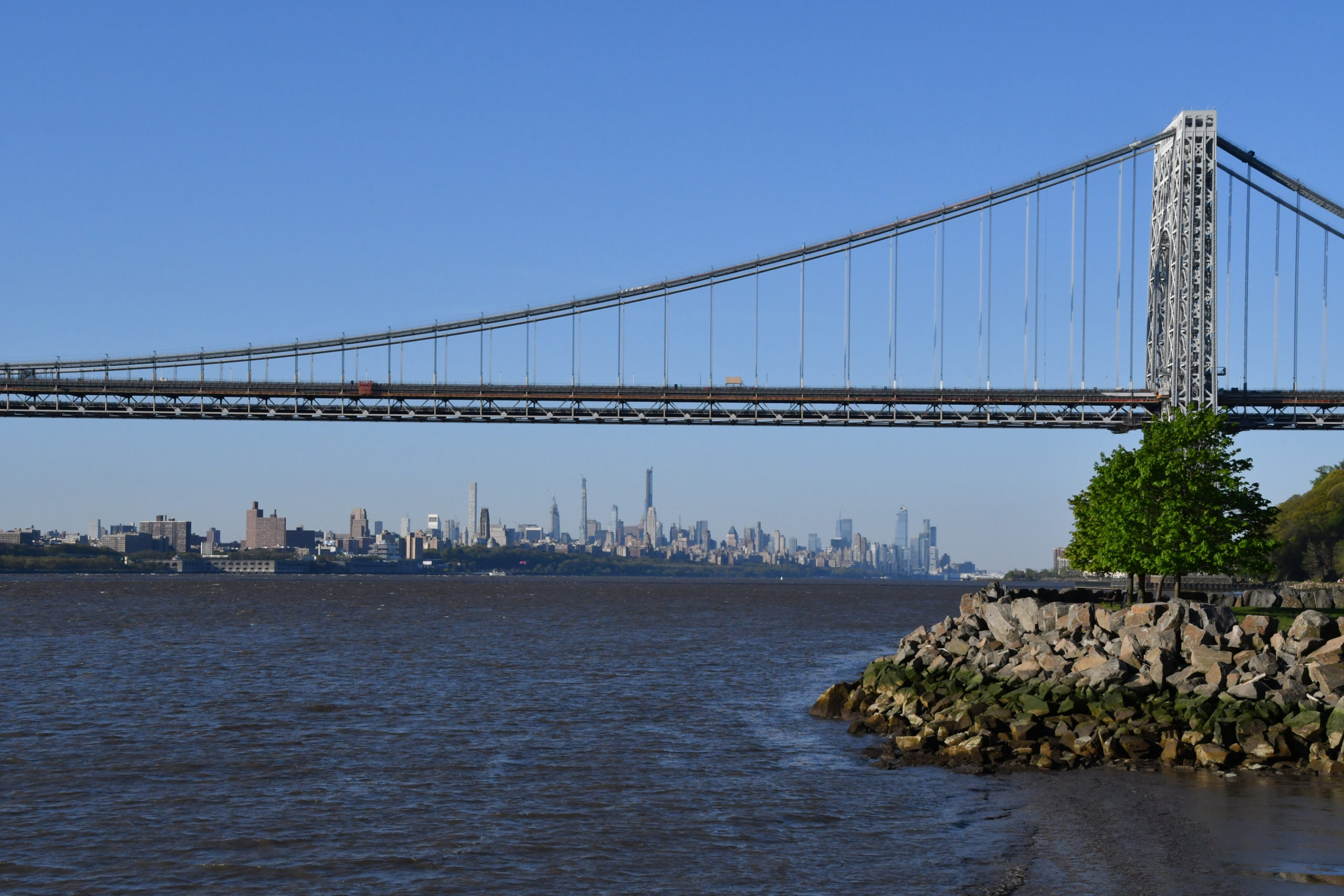 however, the Hudson Valley is actually the southernmost fjord in the northern hemisphere.
however, the Hudson Valley is actually the southernmost fjord in the northern hemisphere.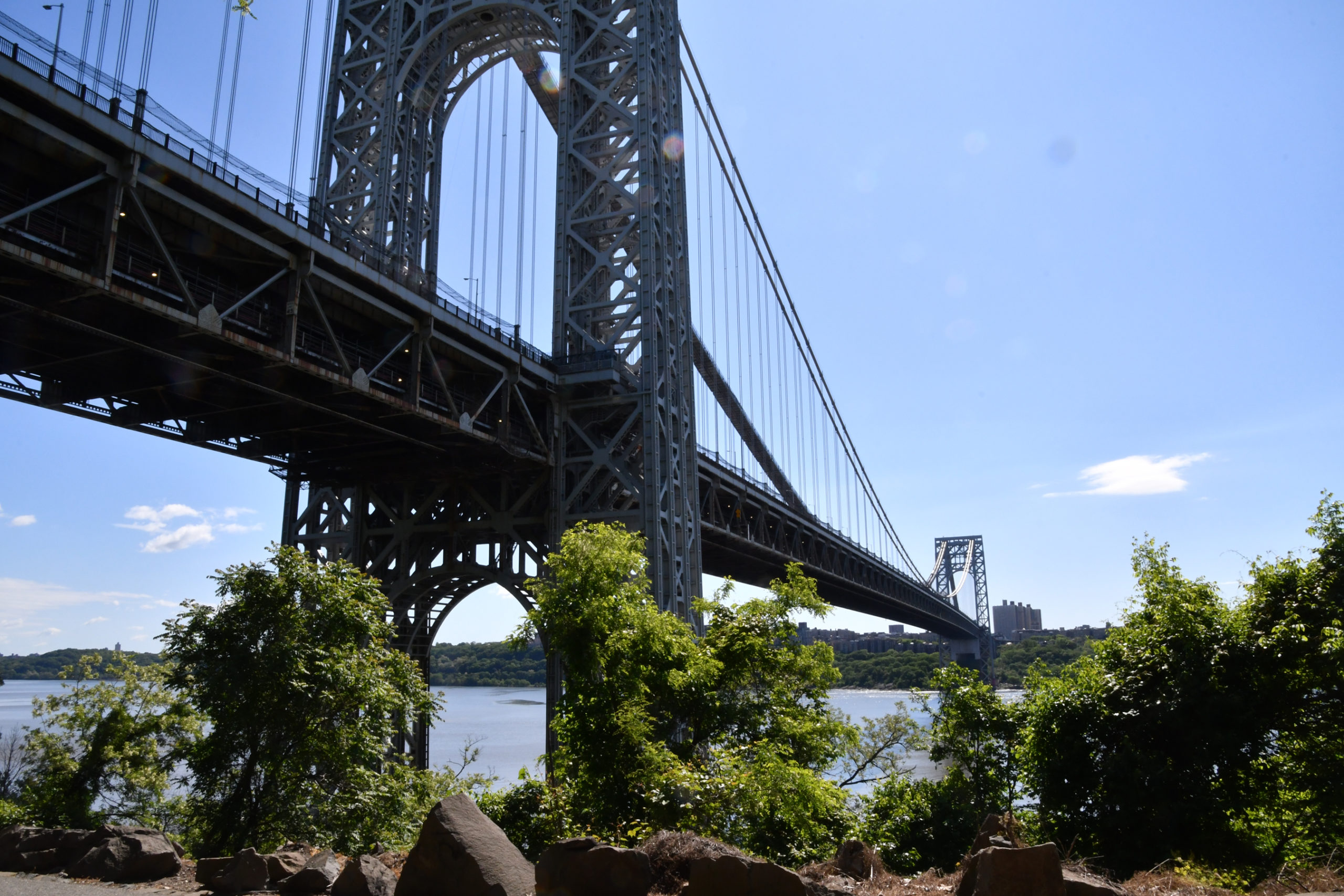
 be seen on the street and Mary Pickford made her film debut. It would last but a decade as bitter winters and cheap land in balmy southern California put a quick end to New Jersey’s silver screen dreams.
be seen on the street and Mary Pickford made her film debut. It would last but a decade as bitter winters and cheap land in balmy southern California put a quick end to New Jersey’s silver screen dreams.